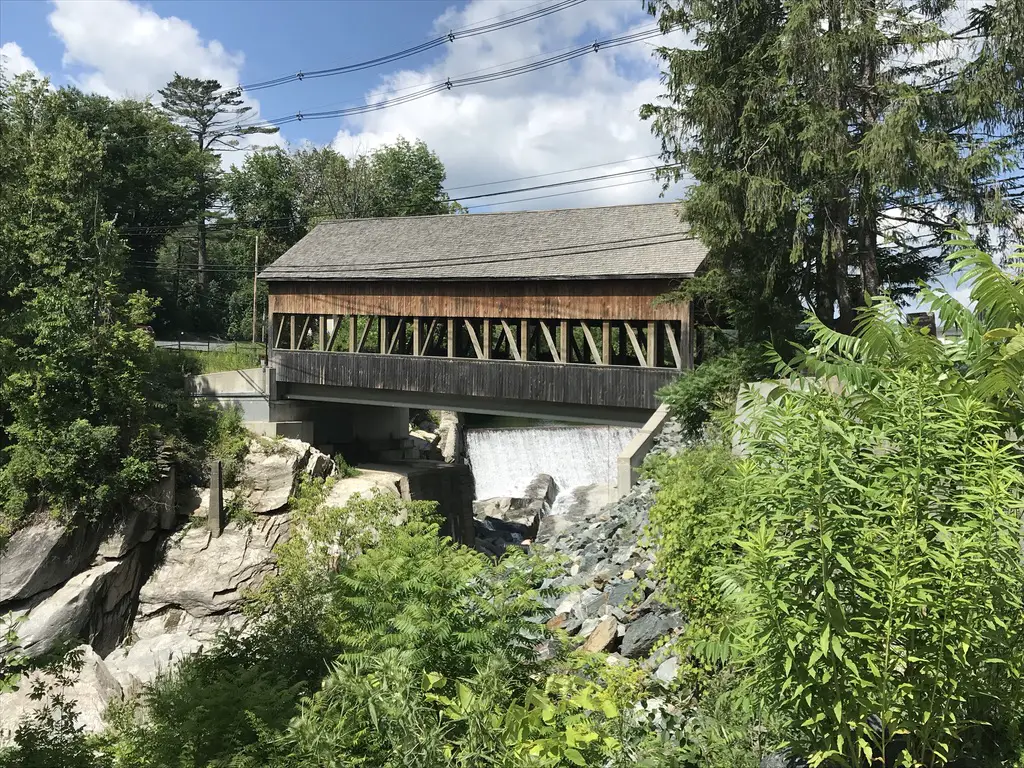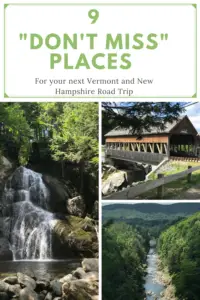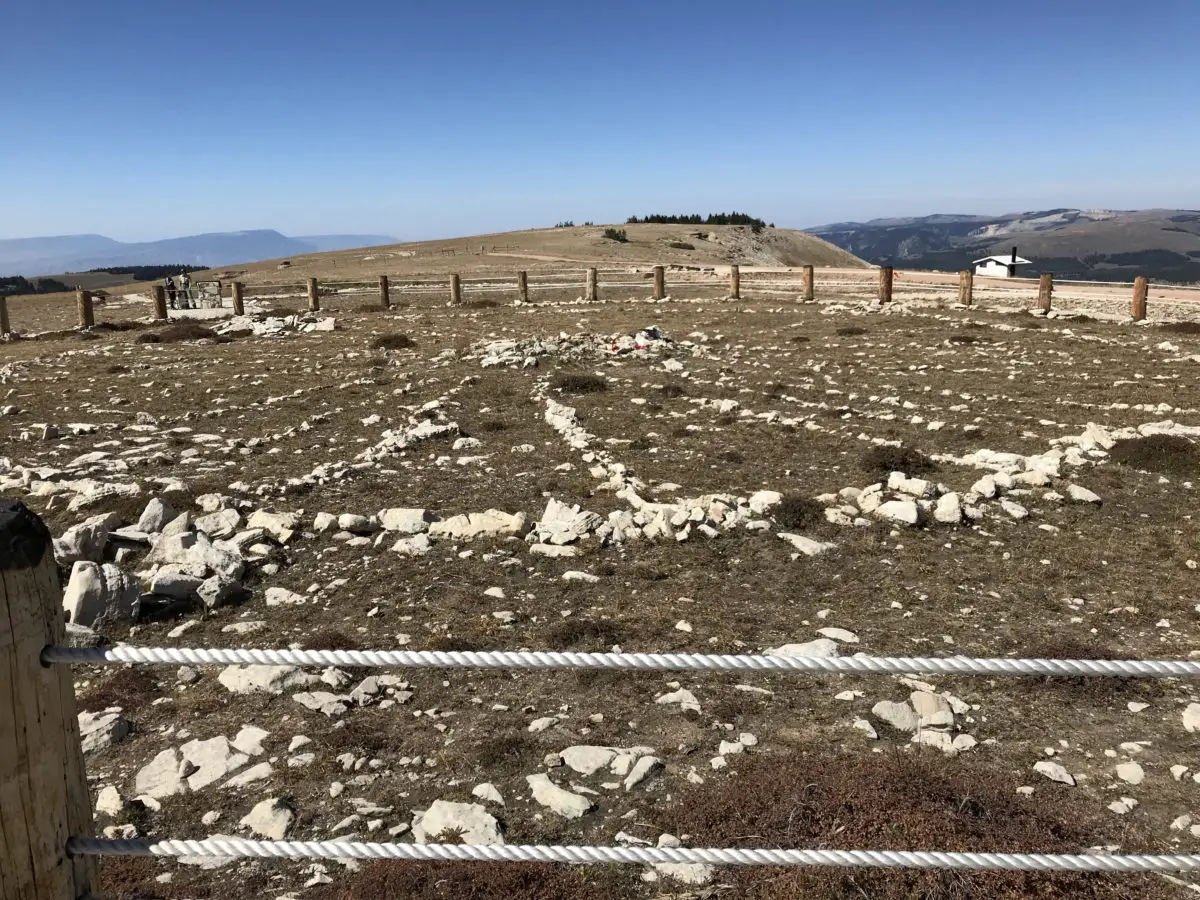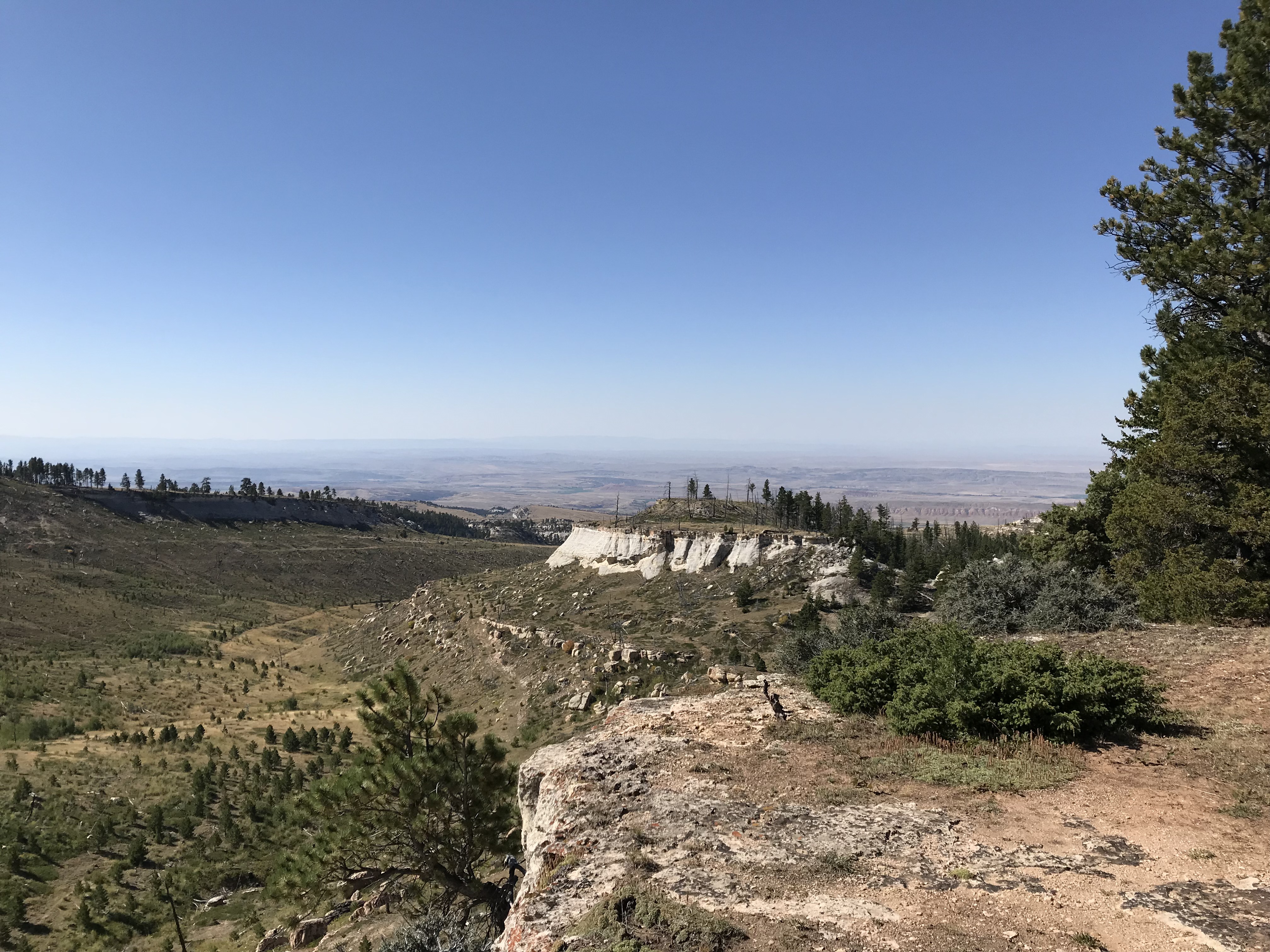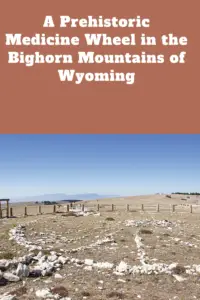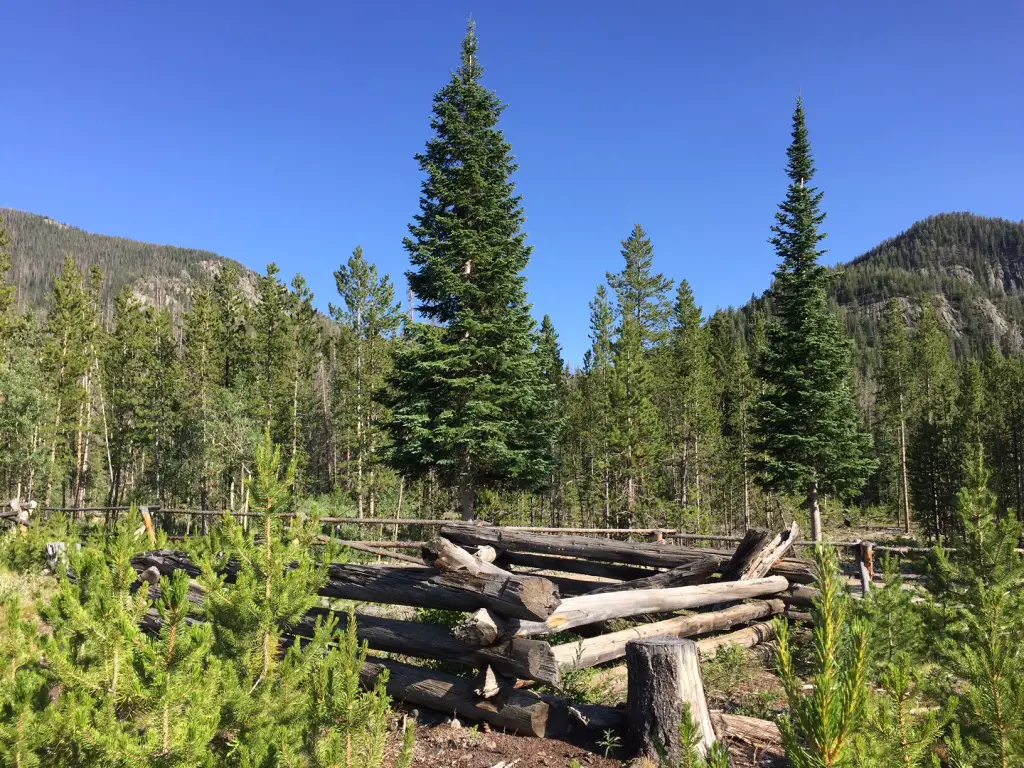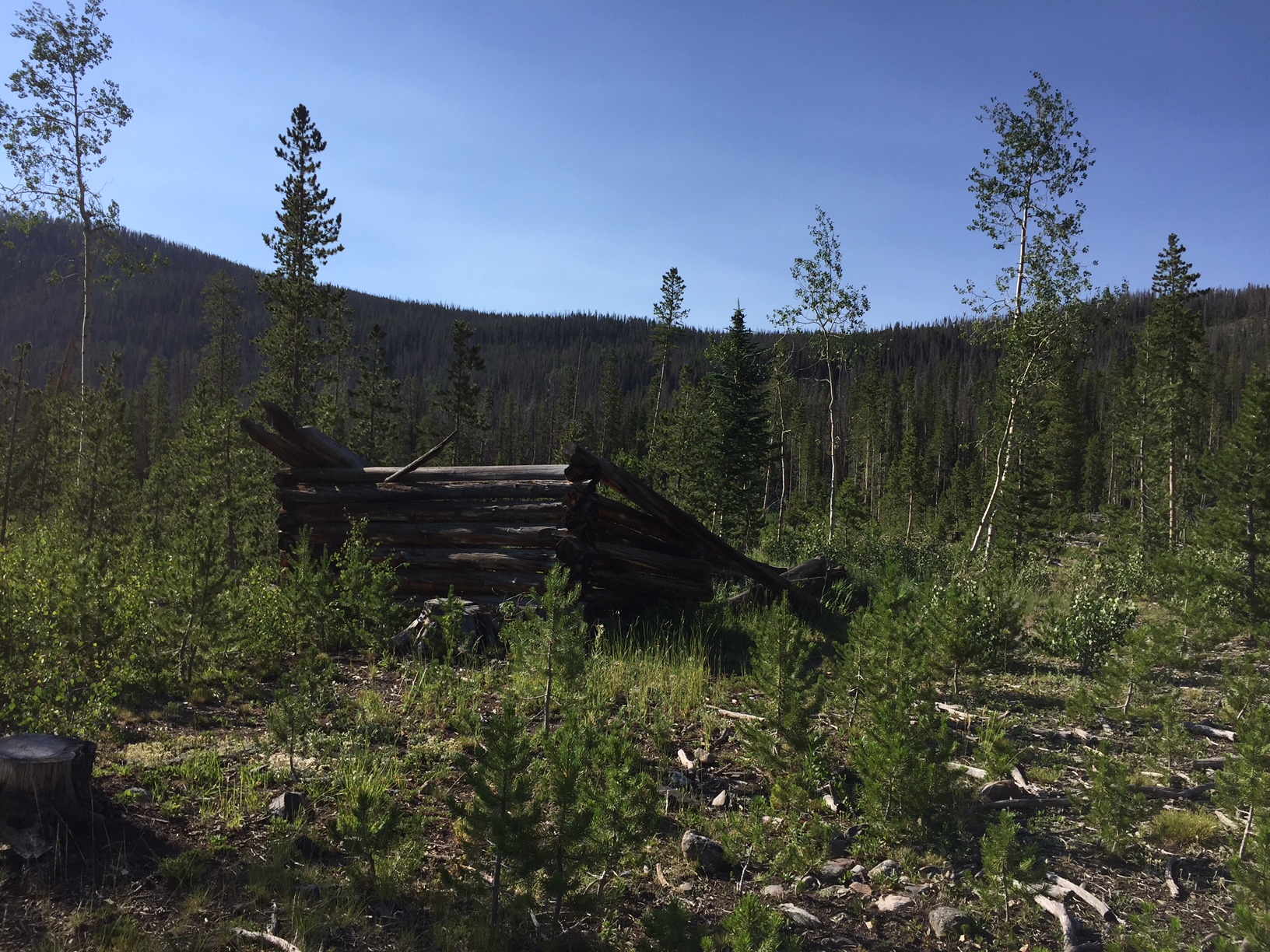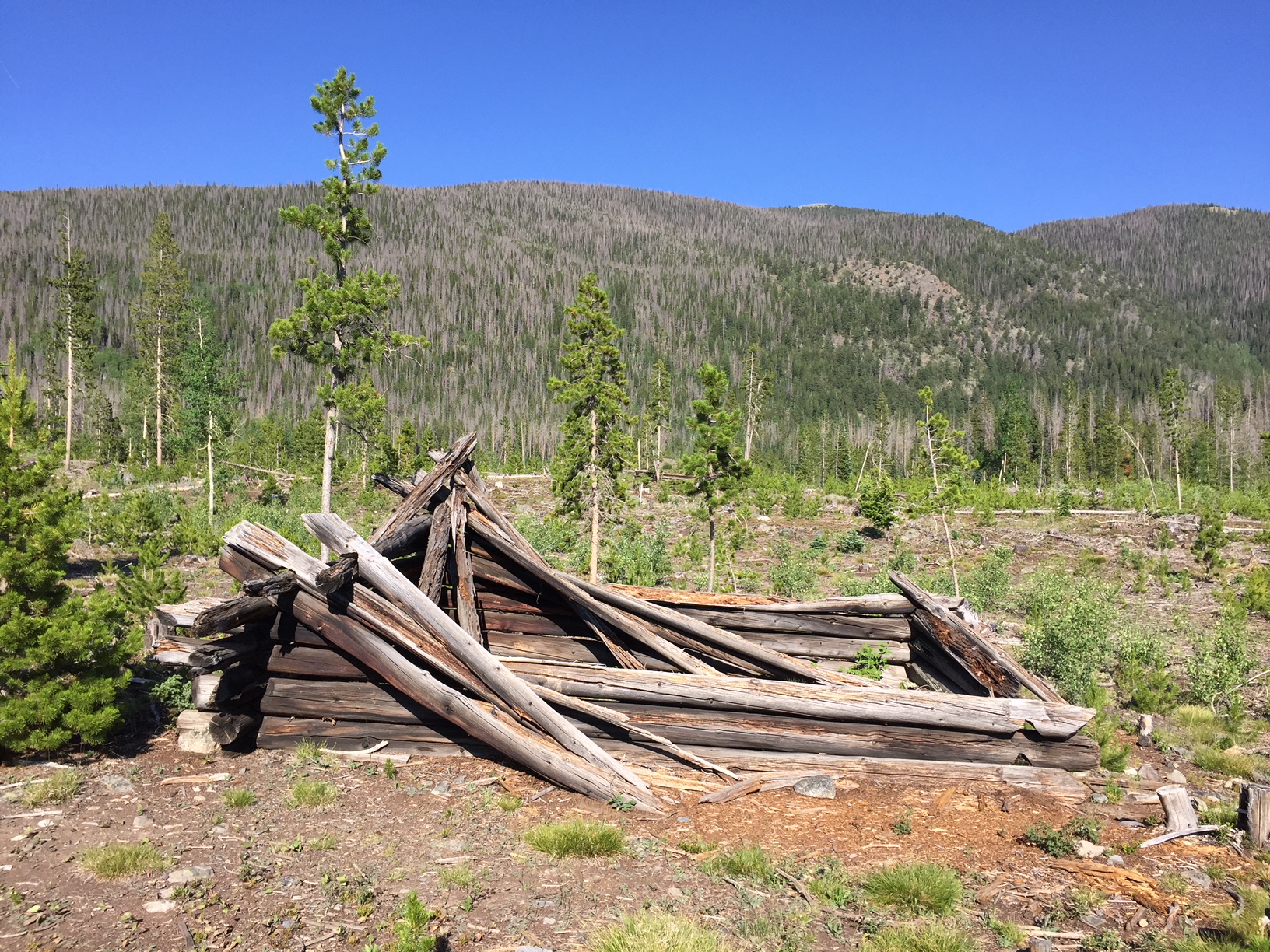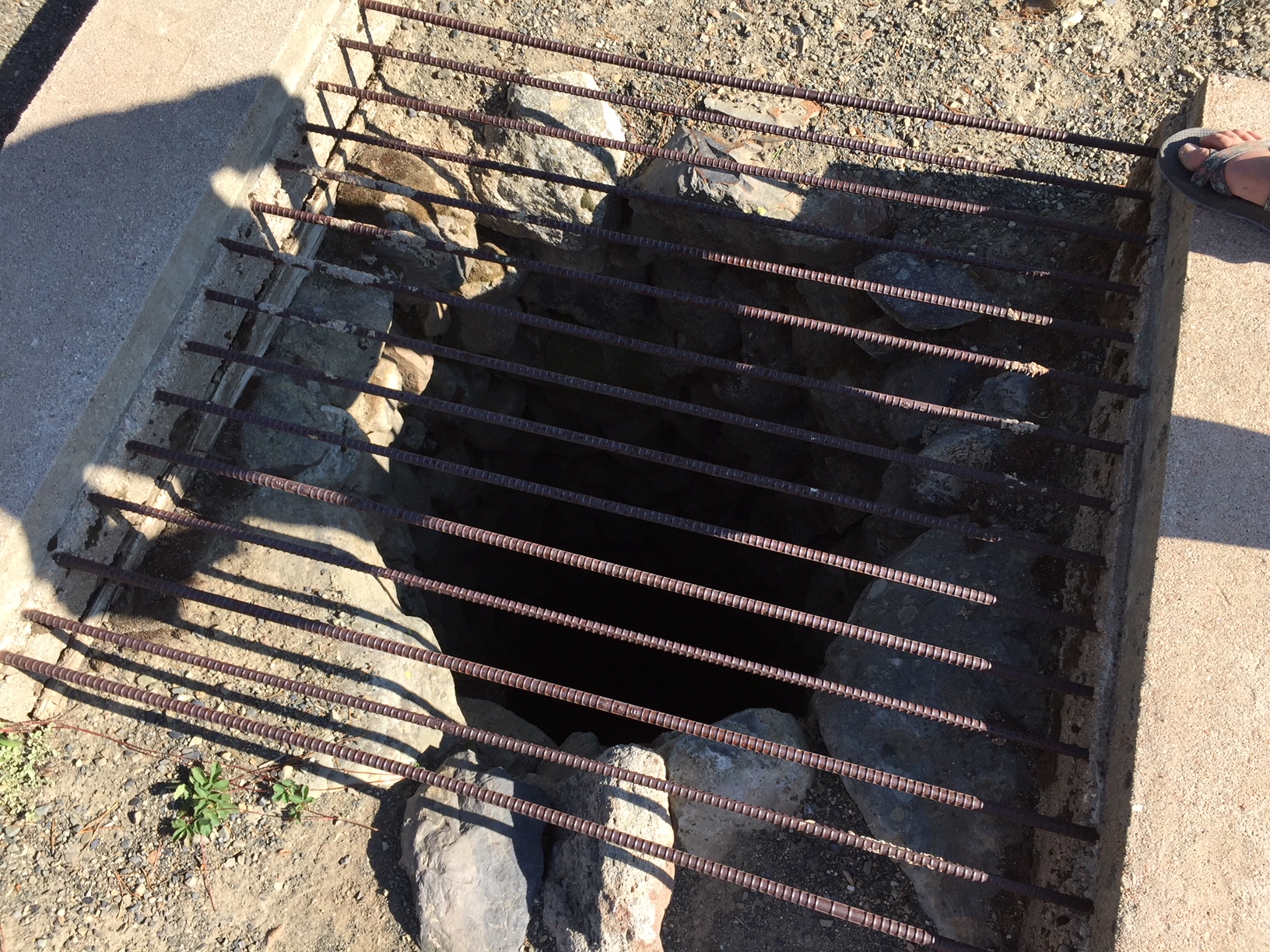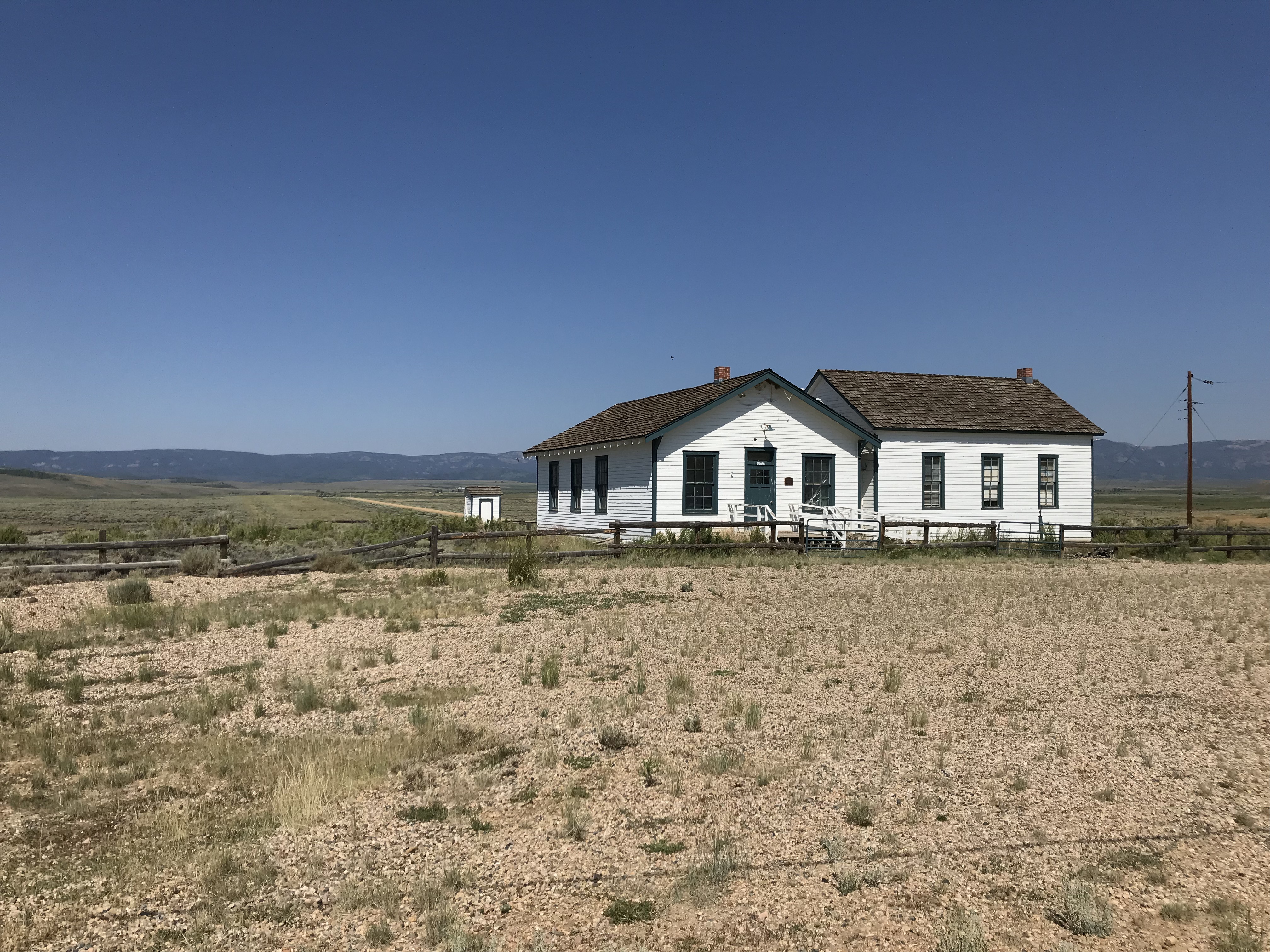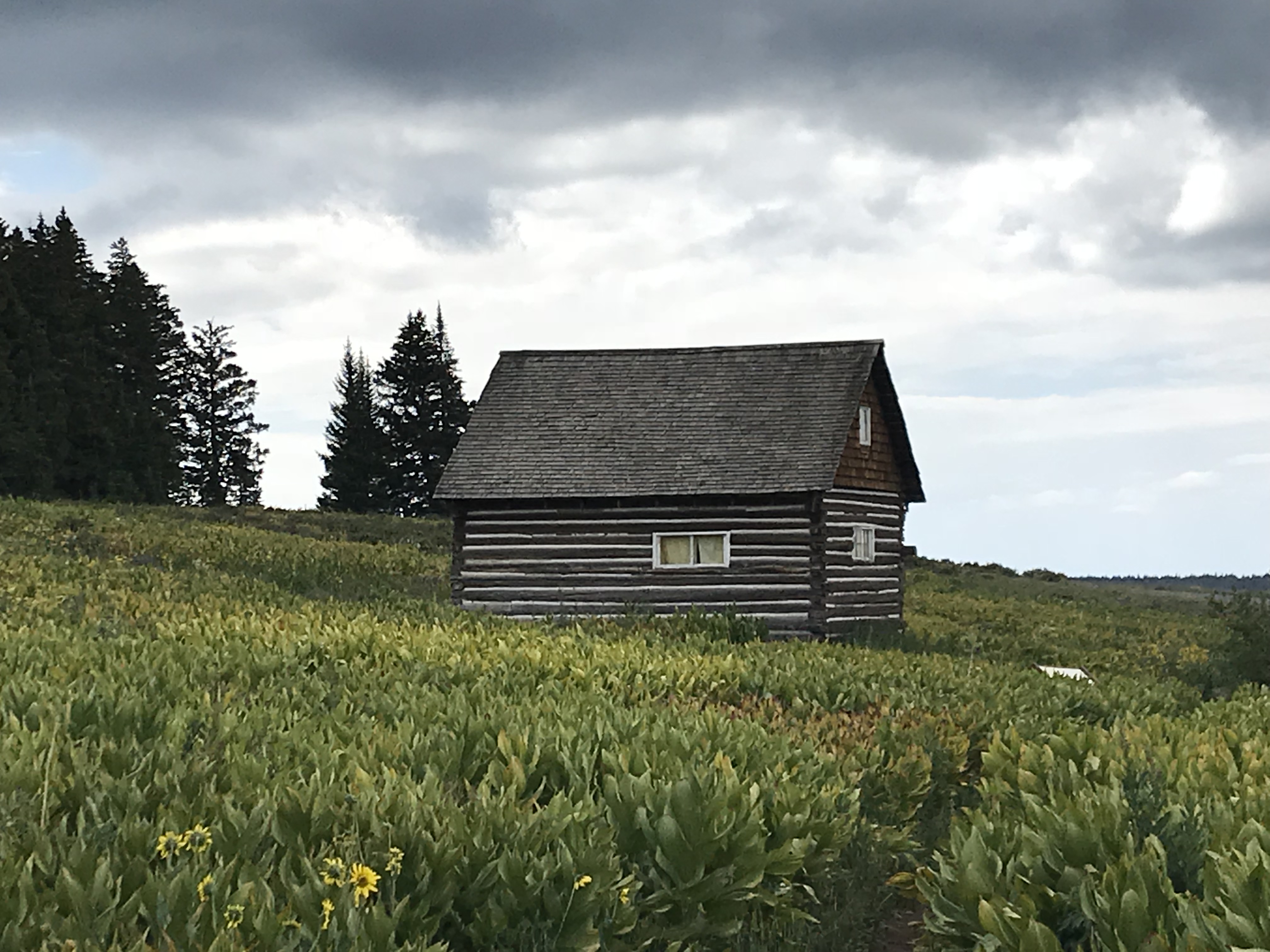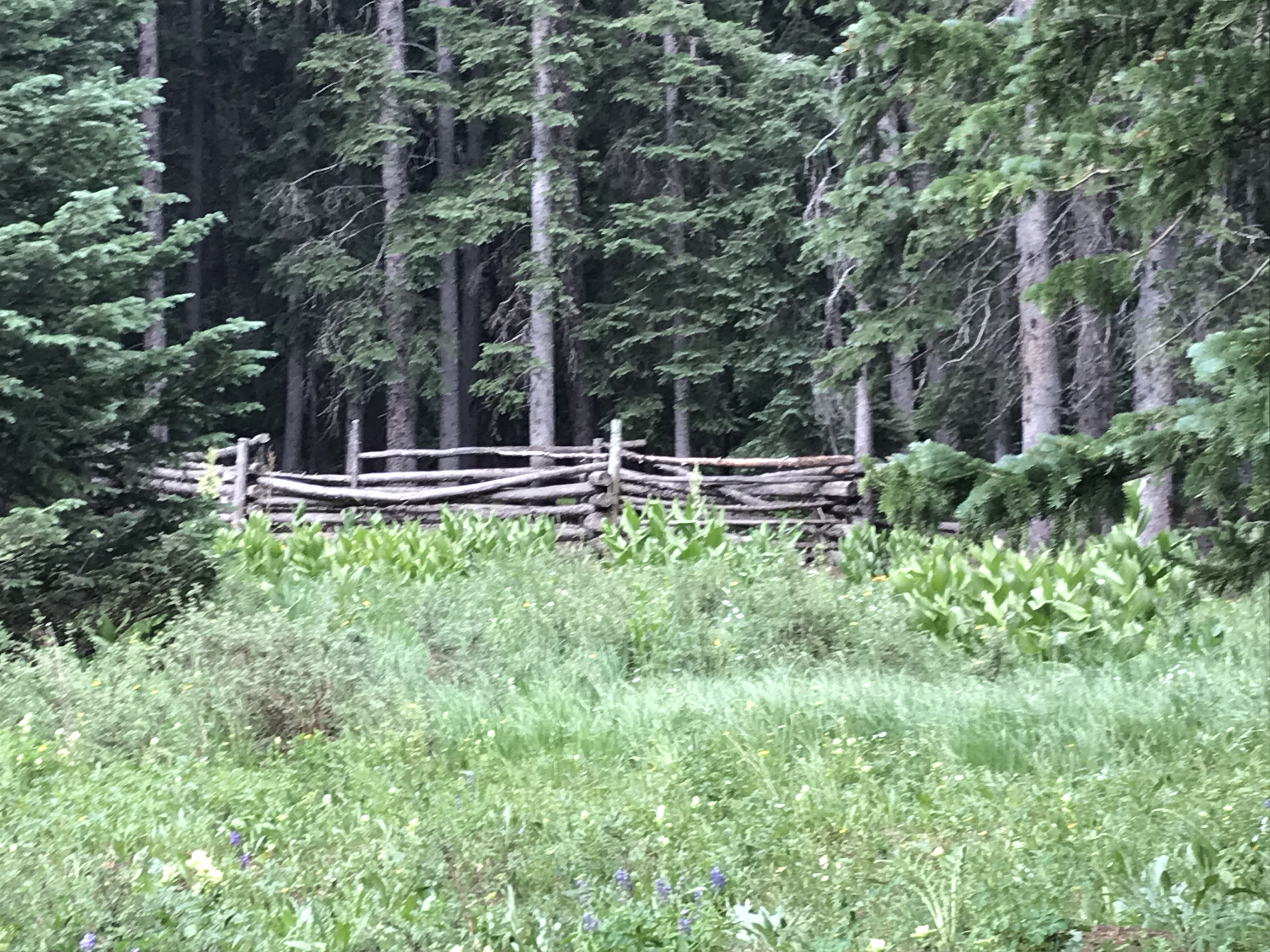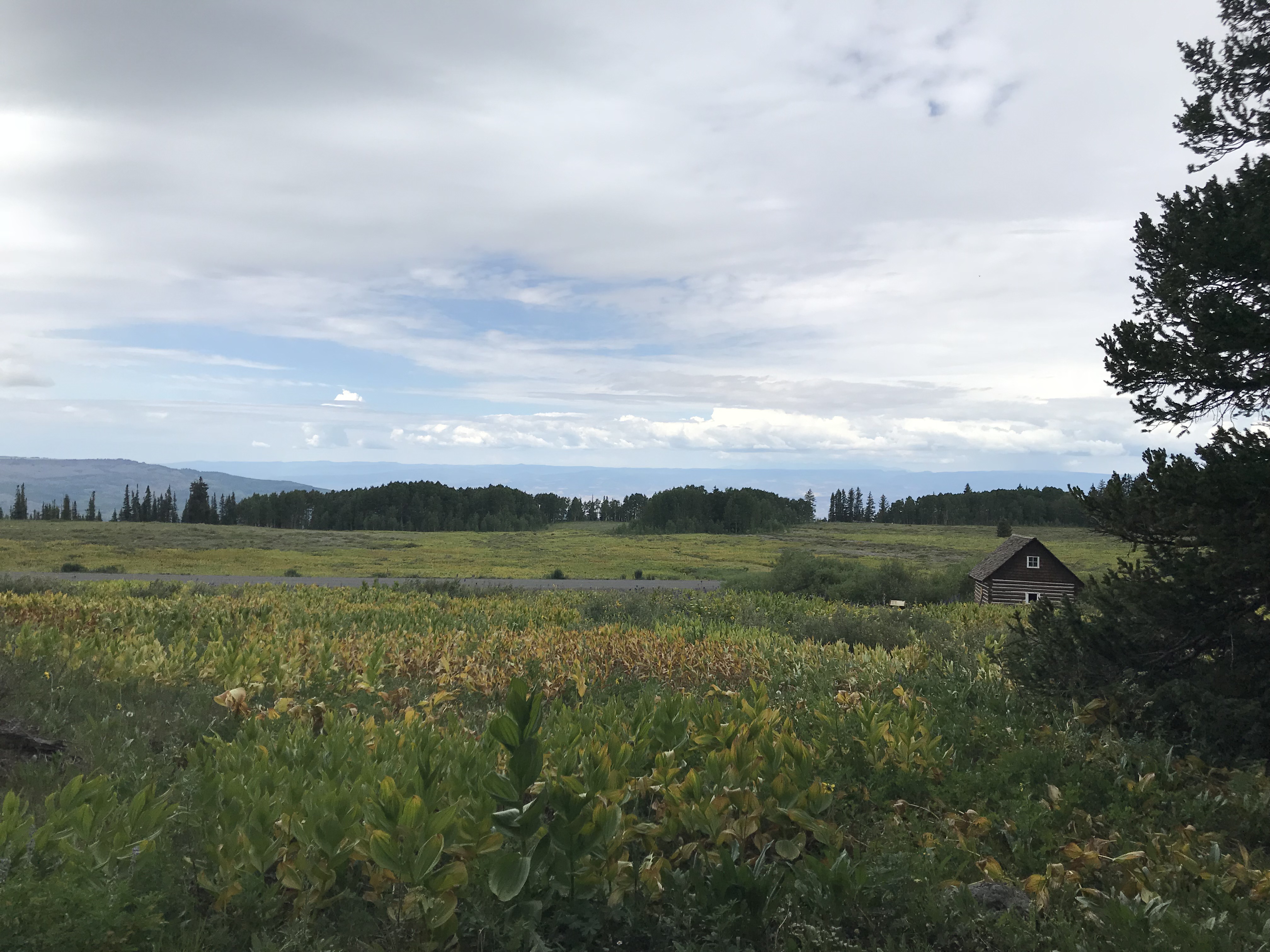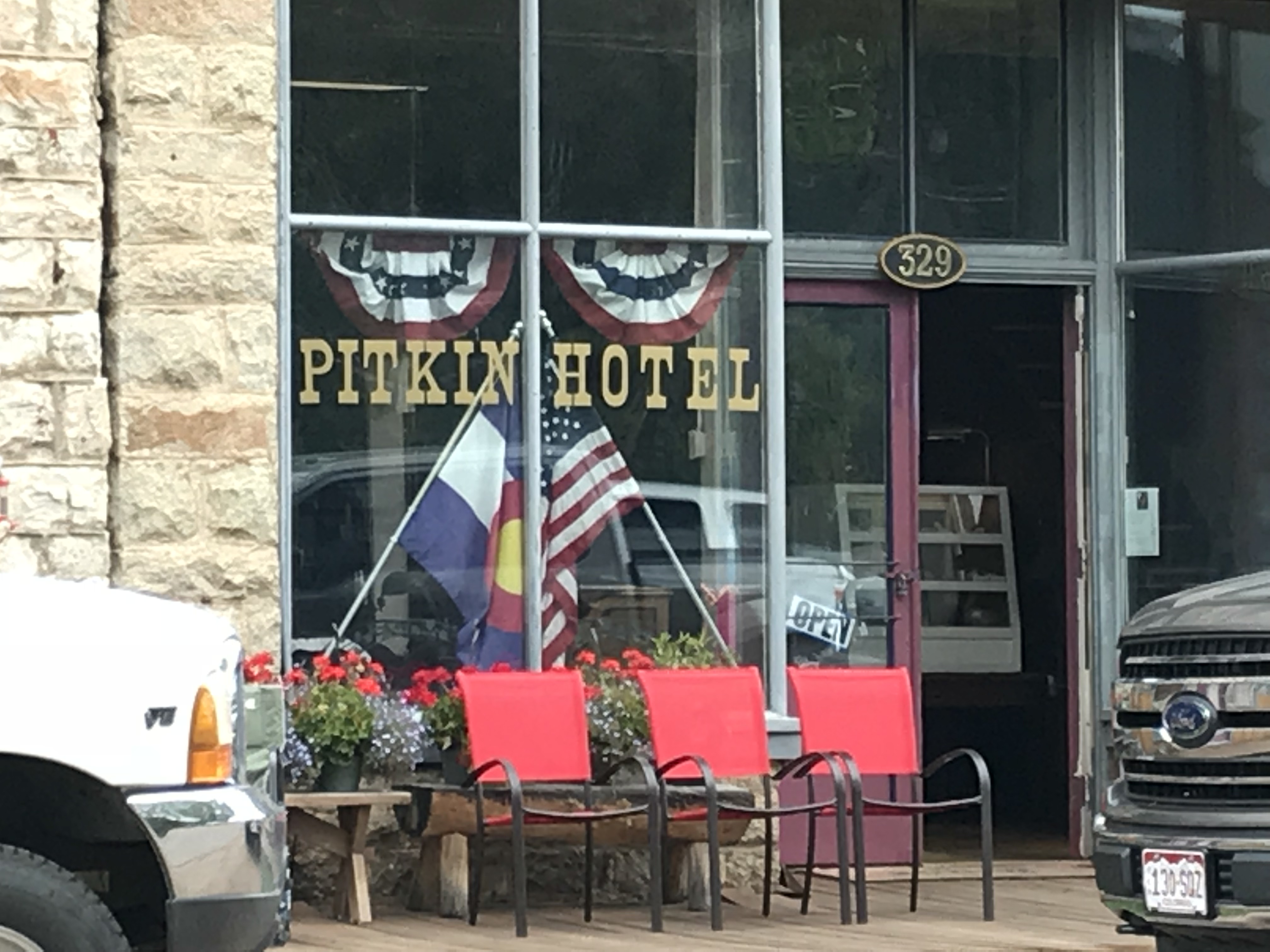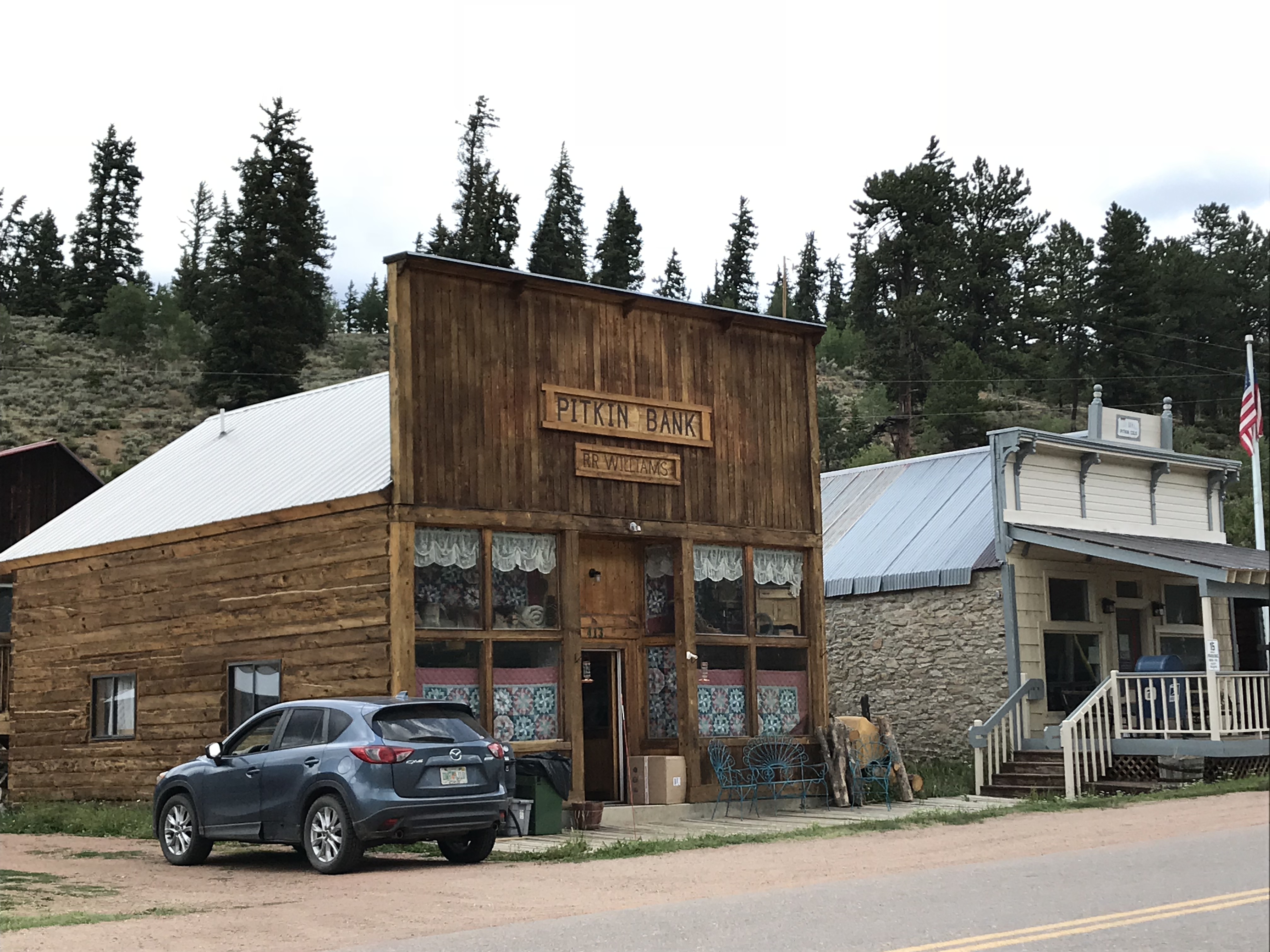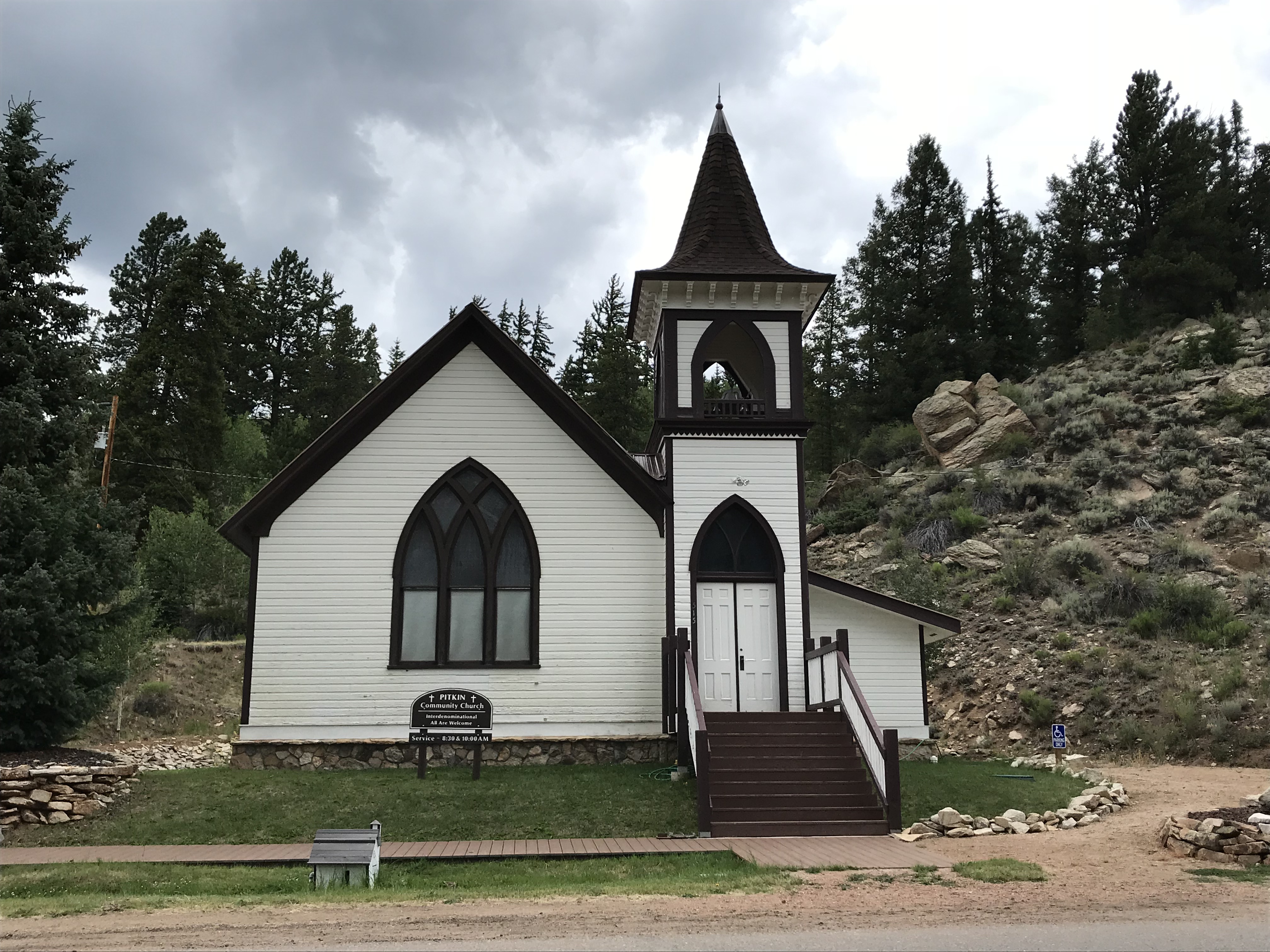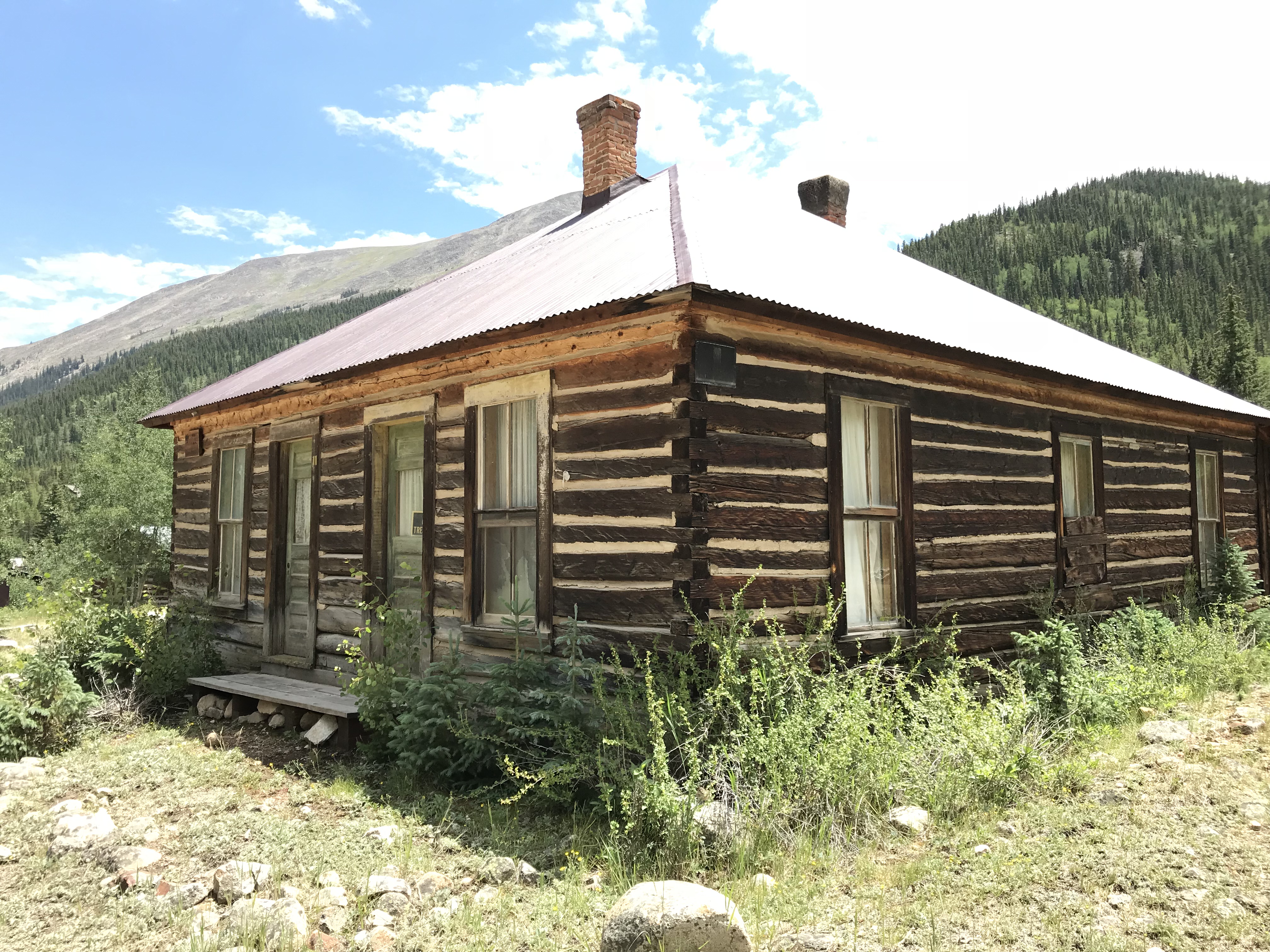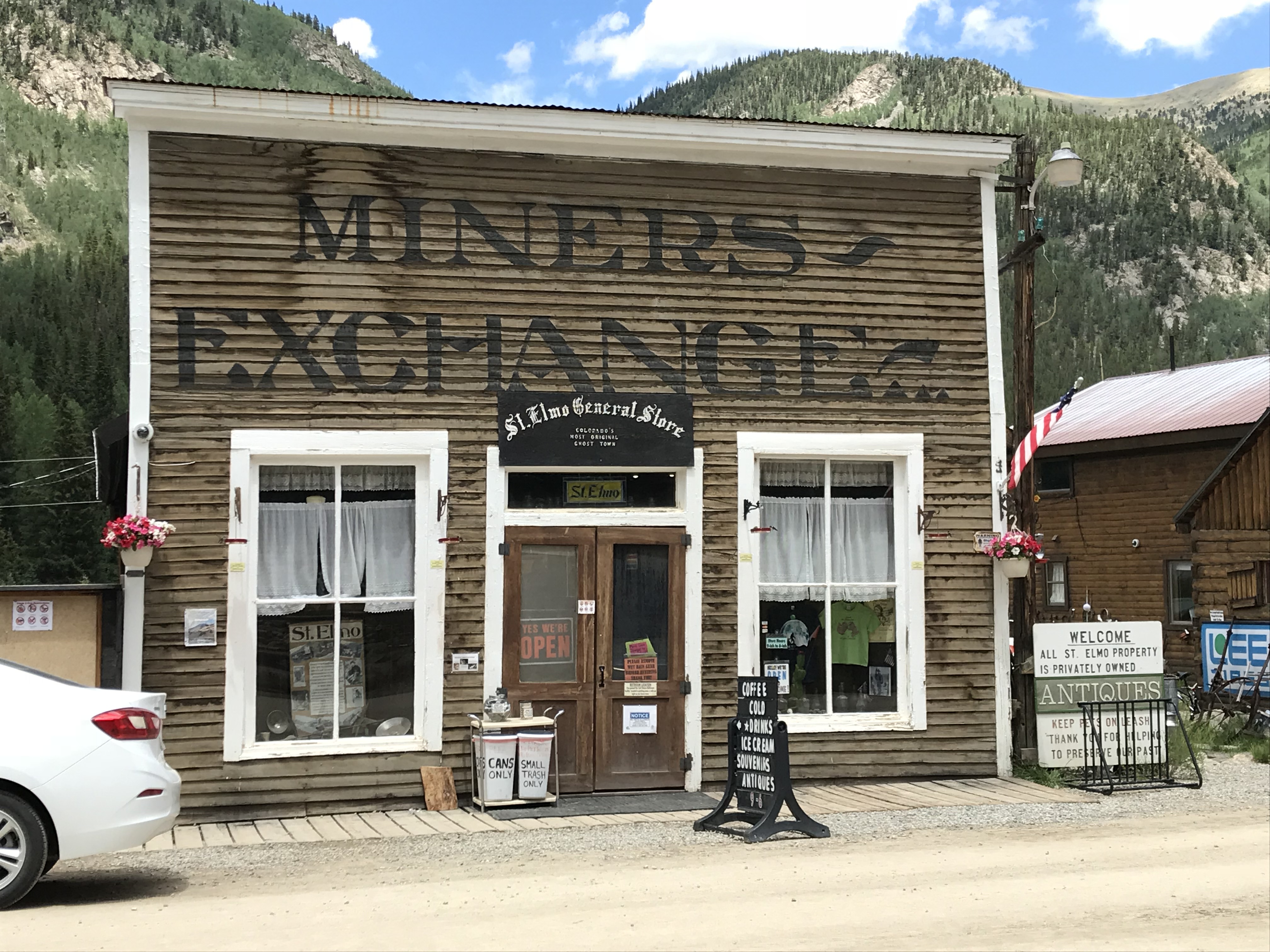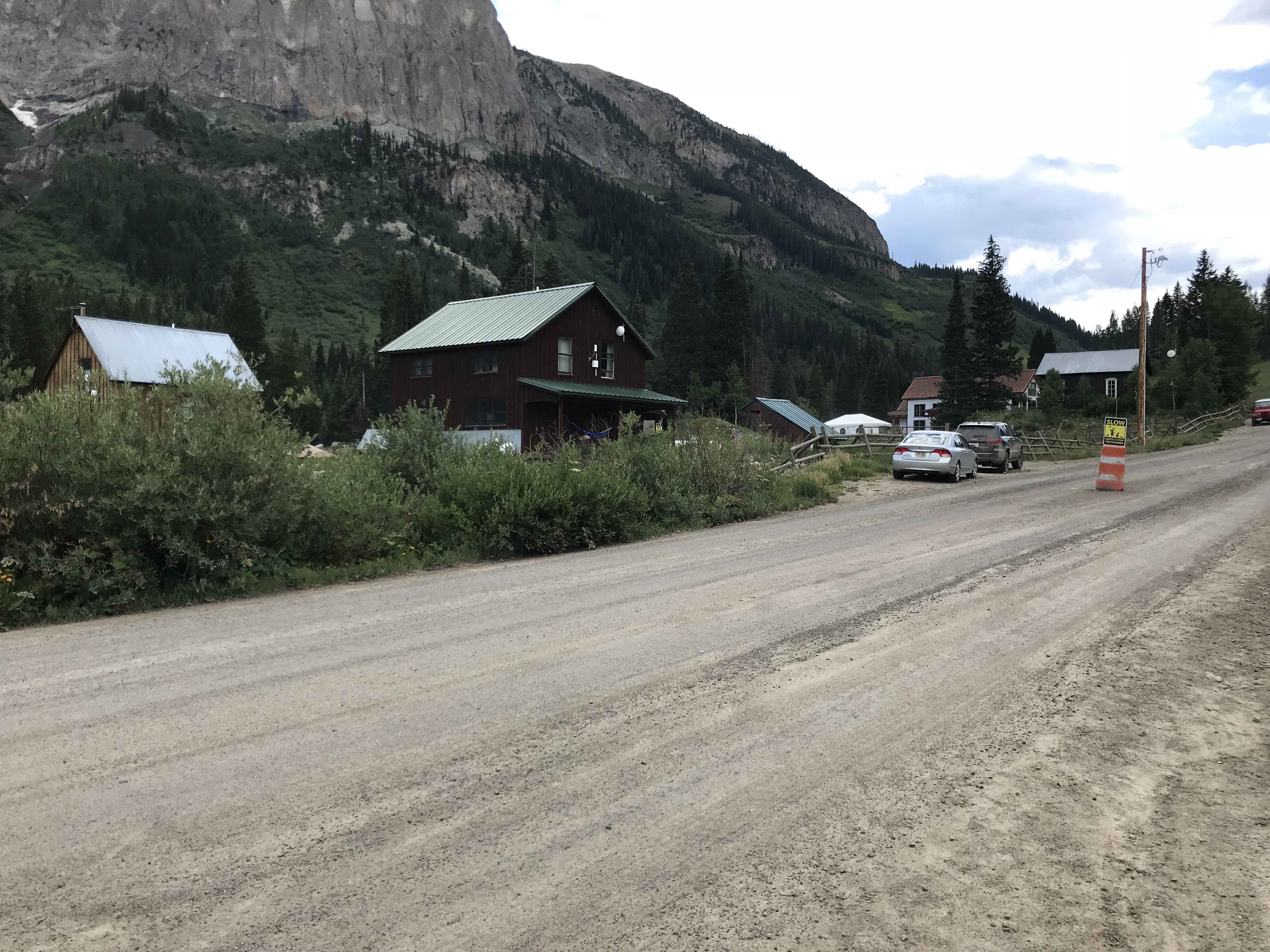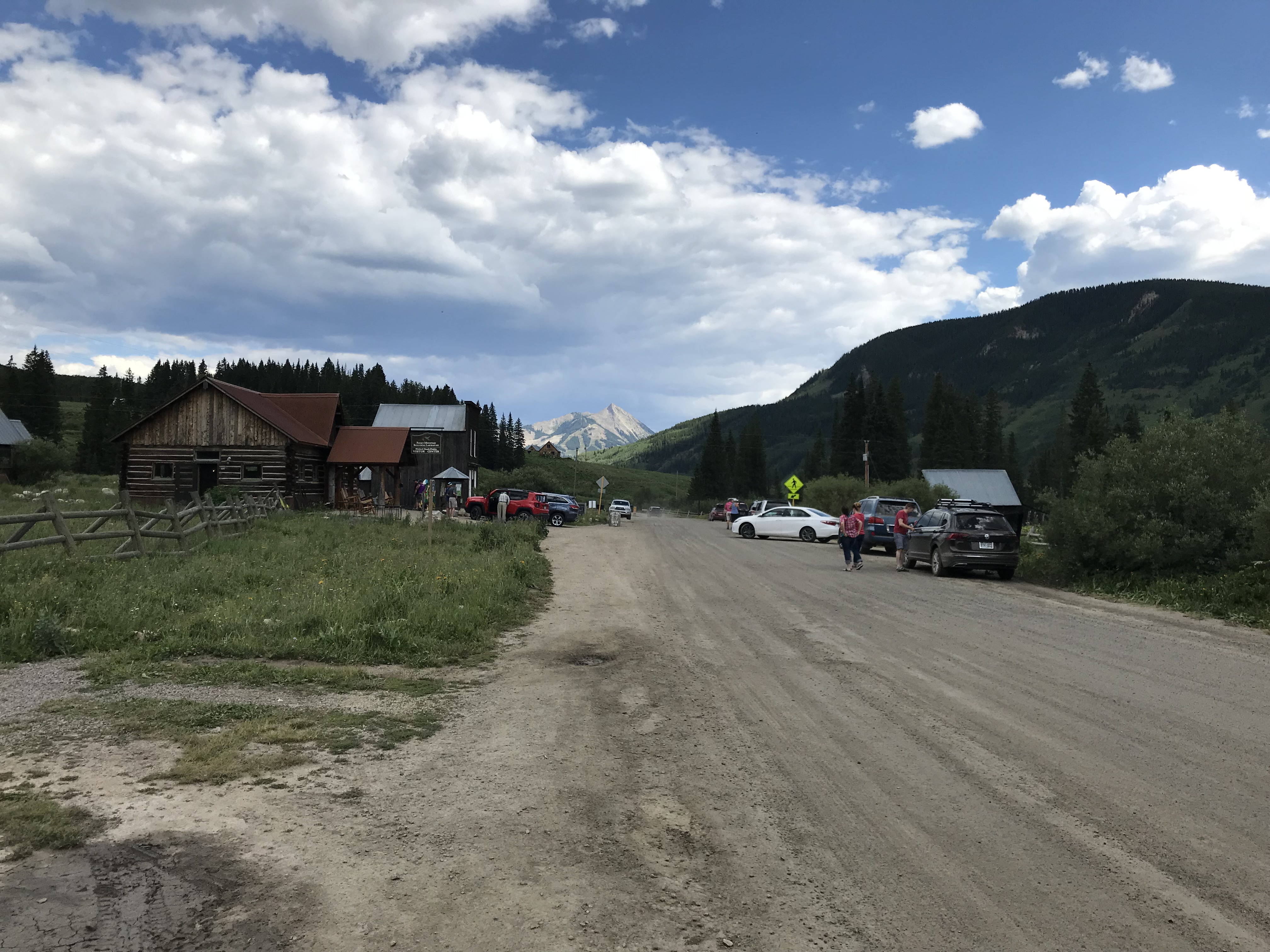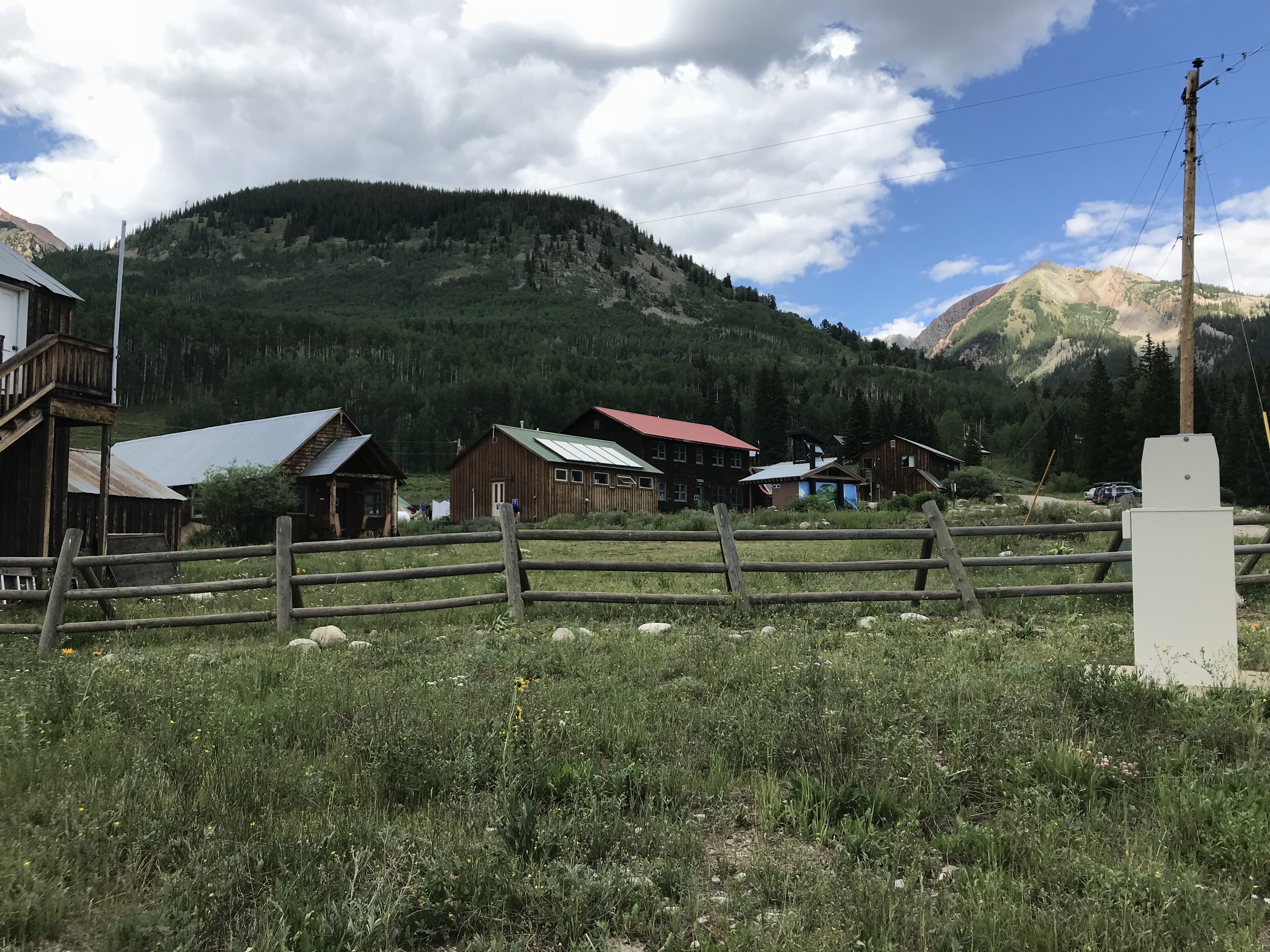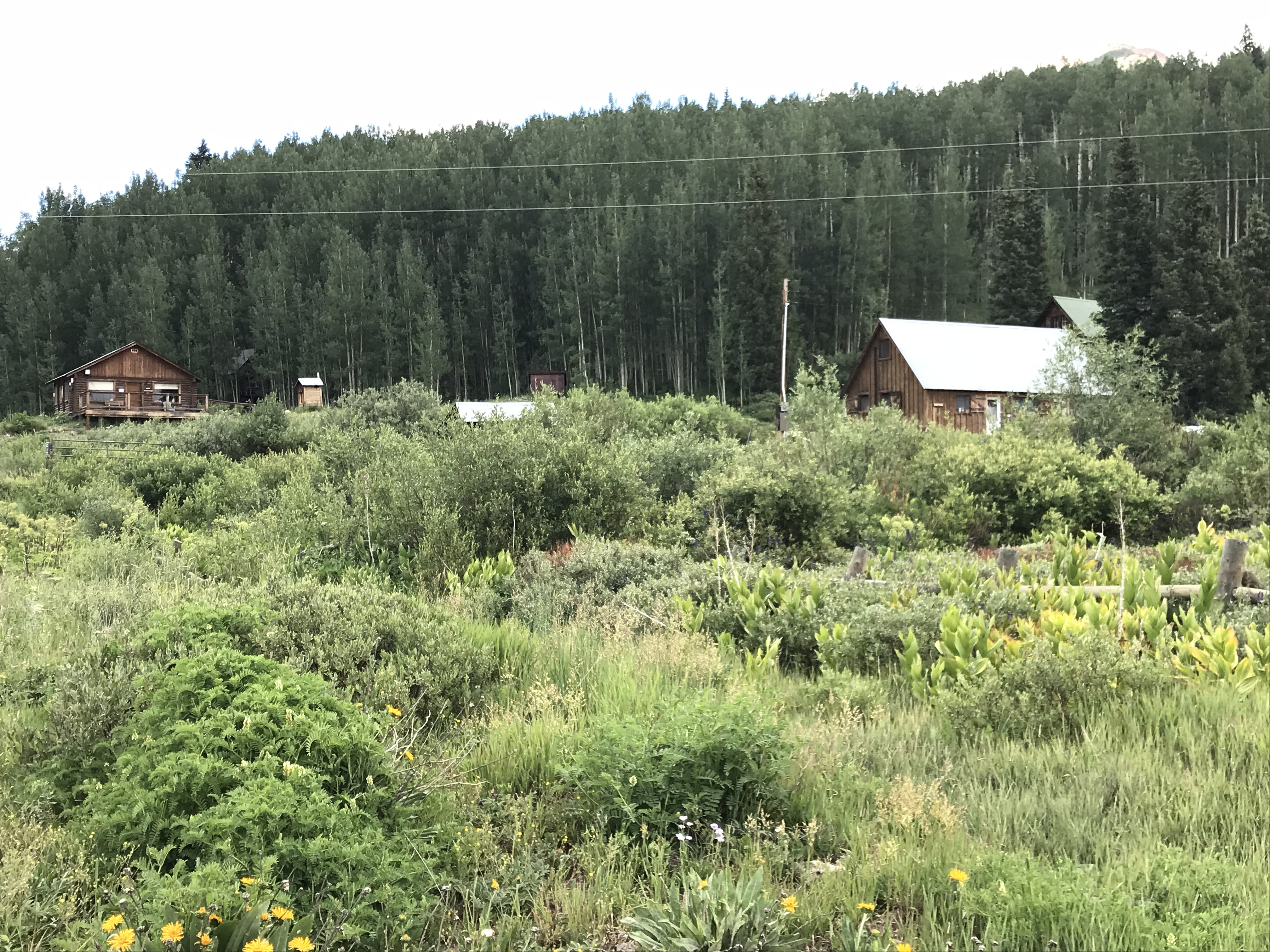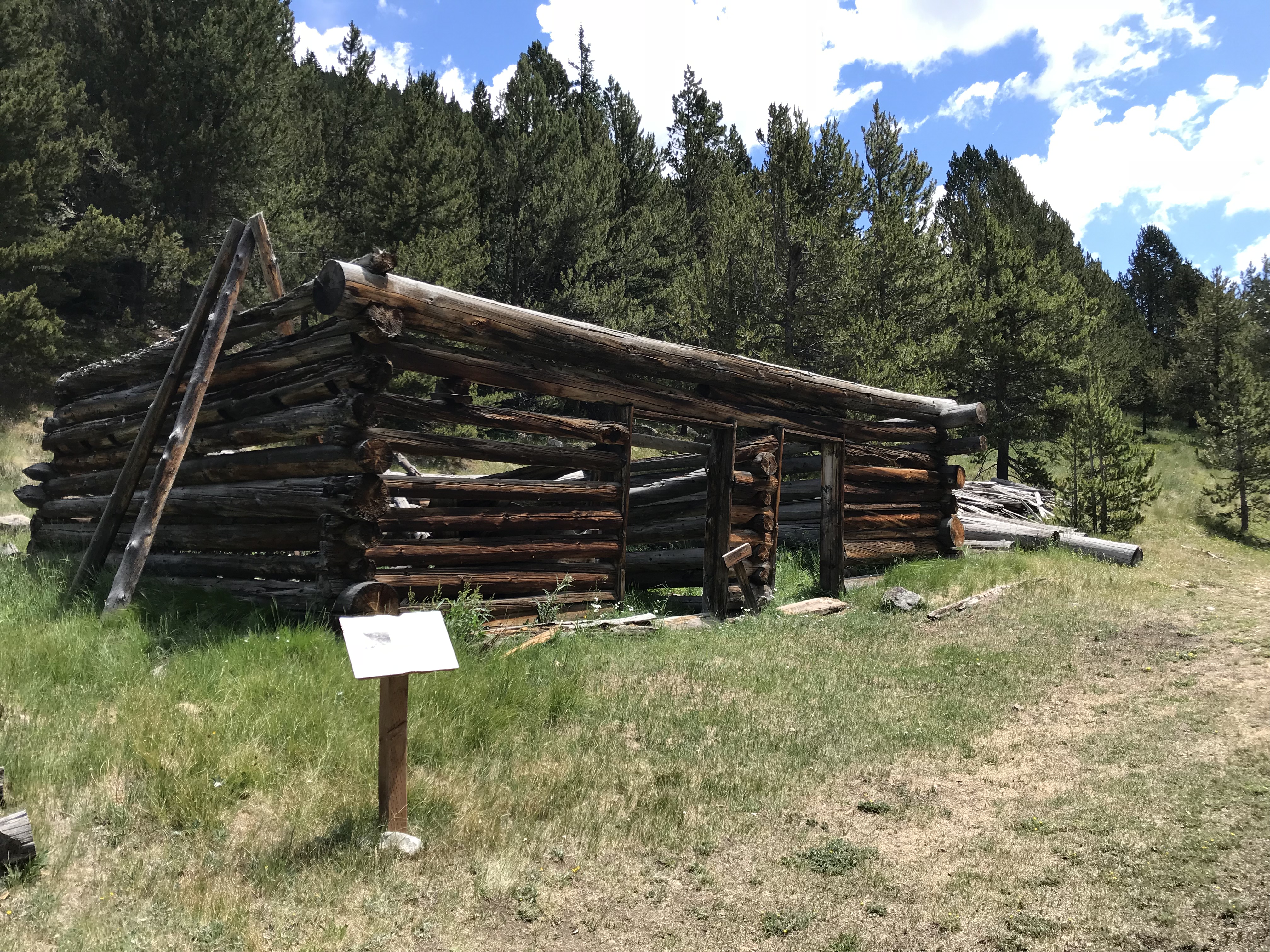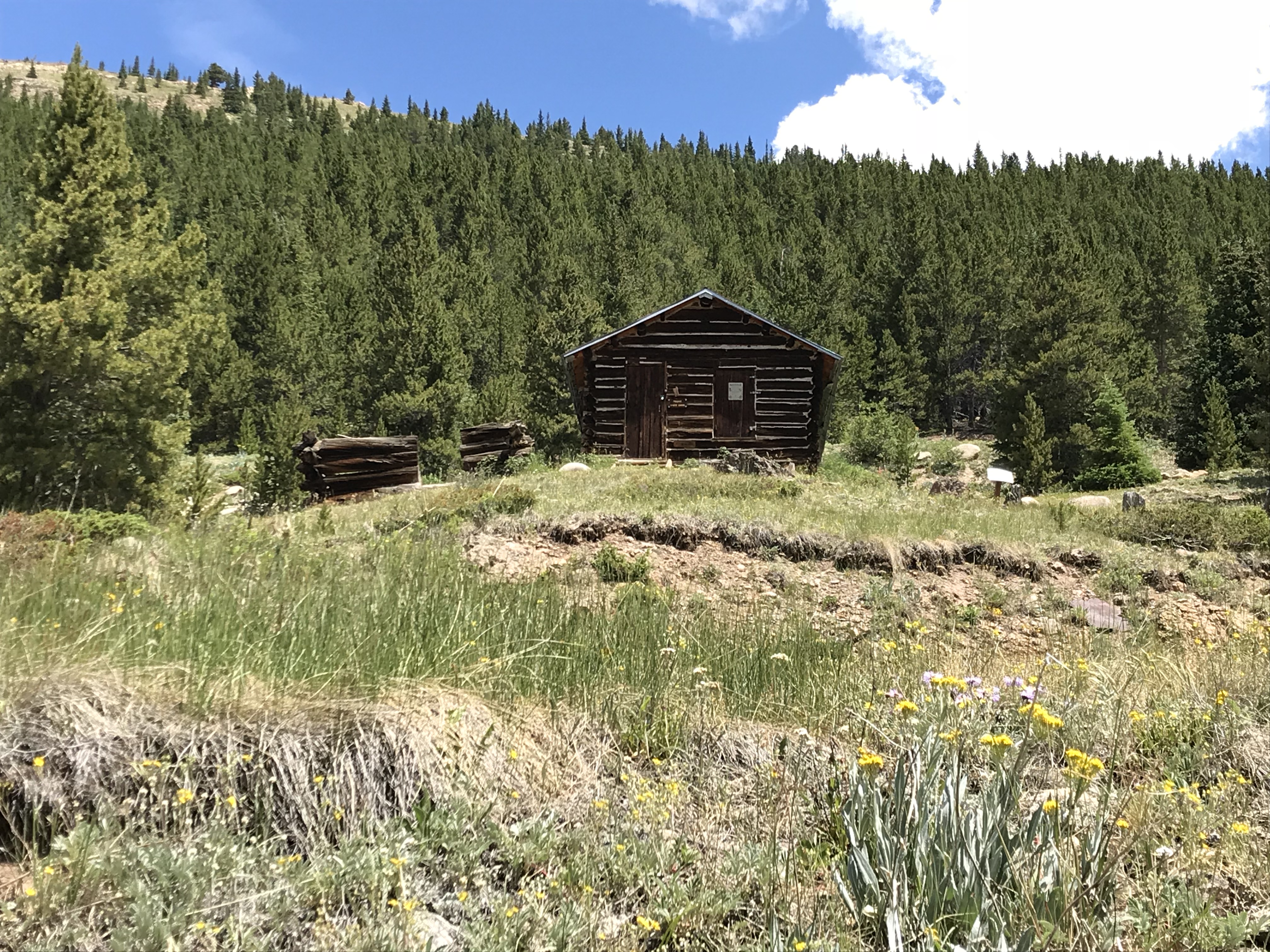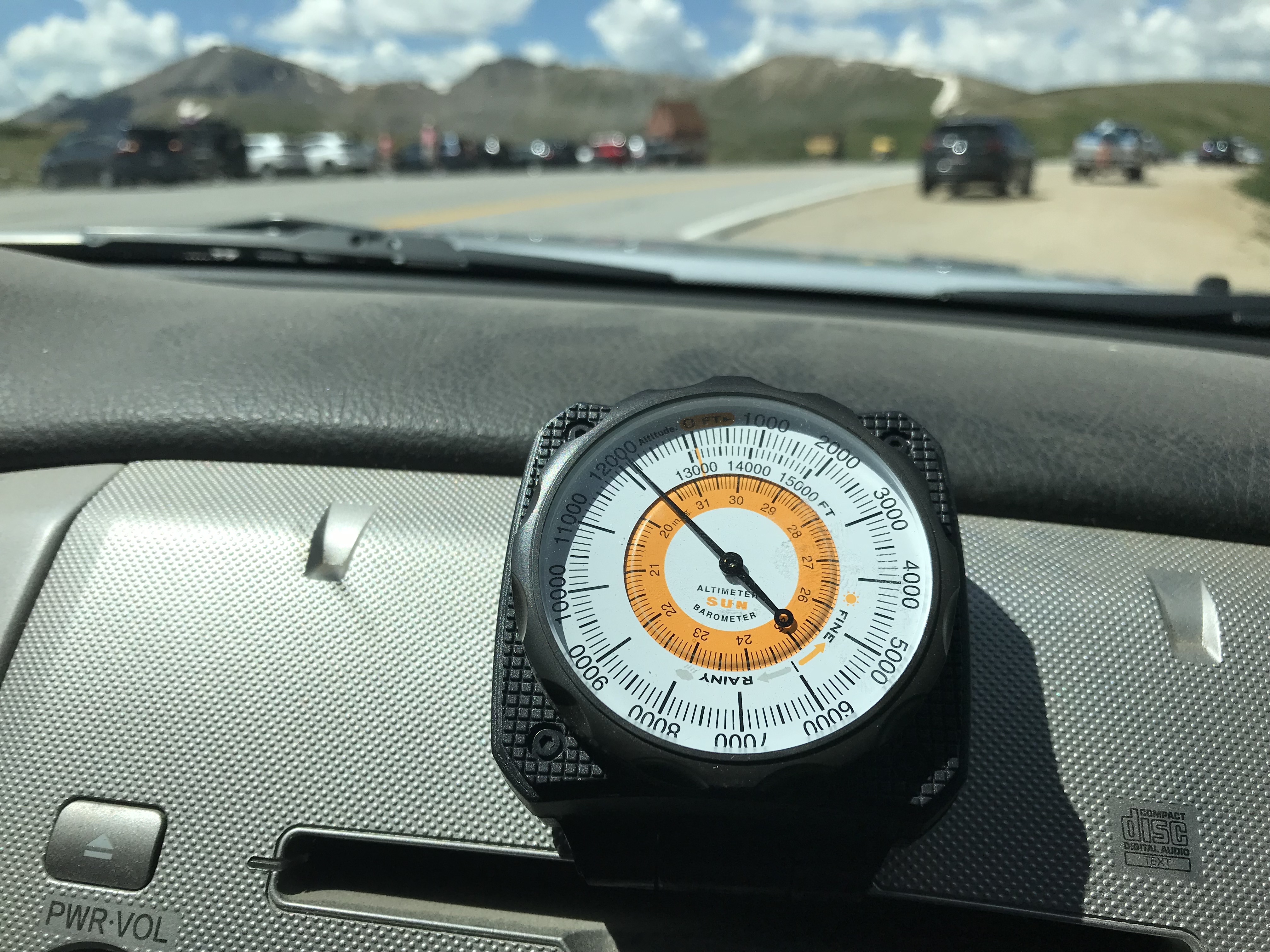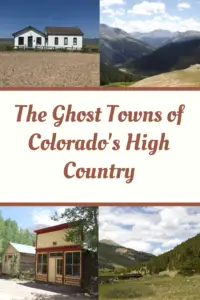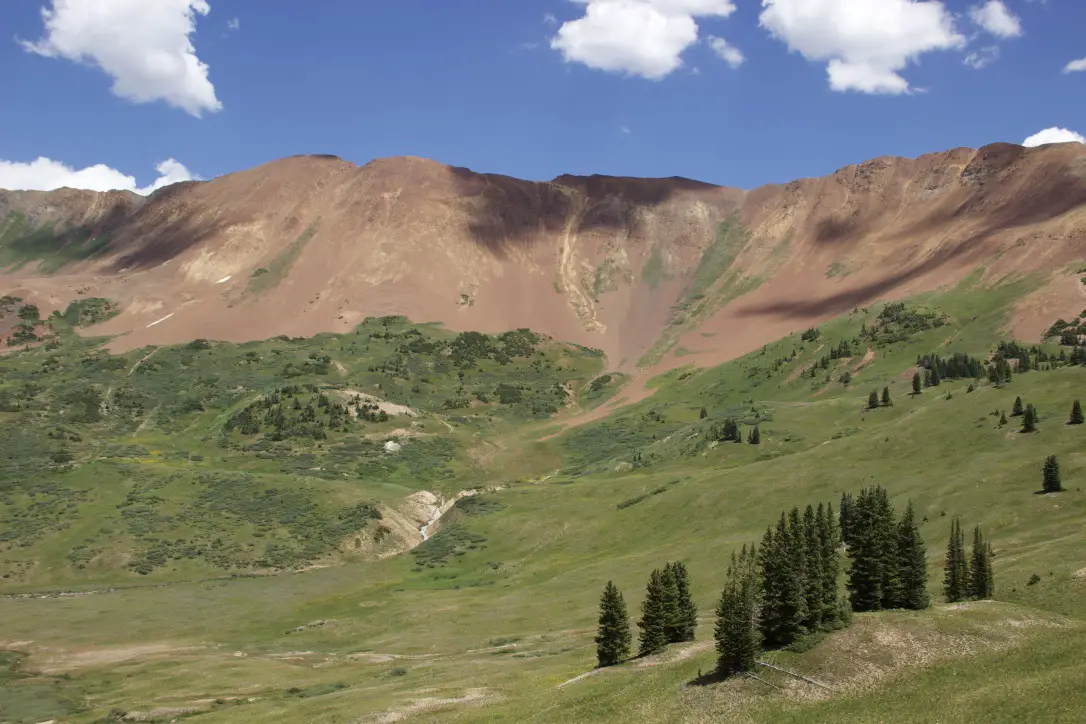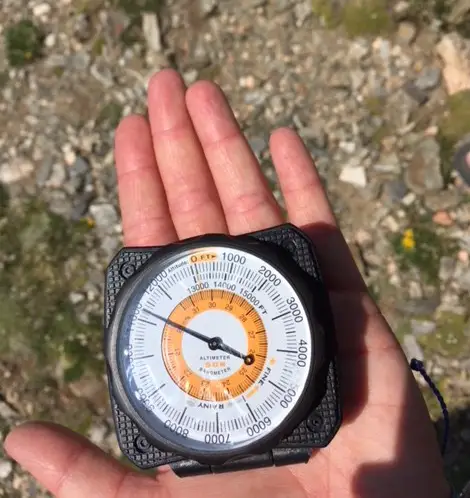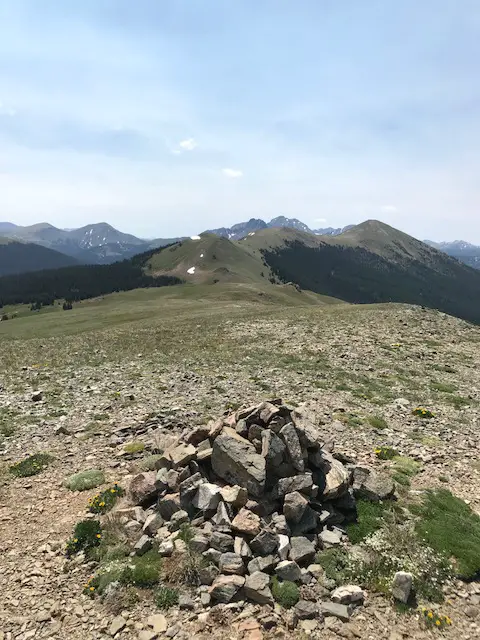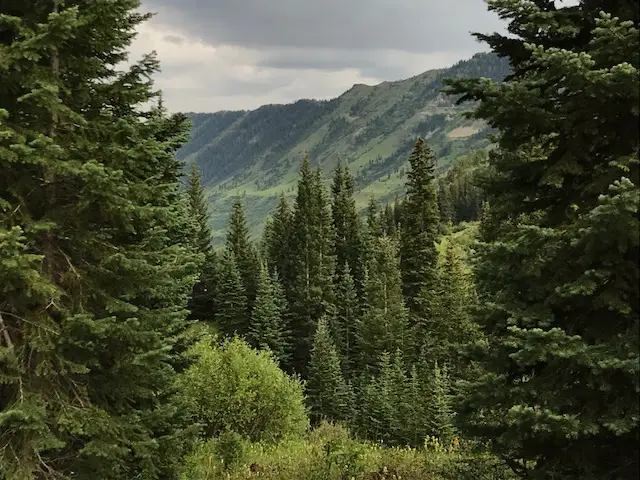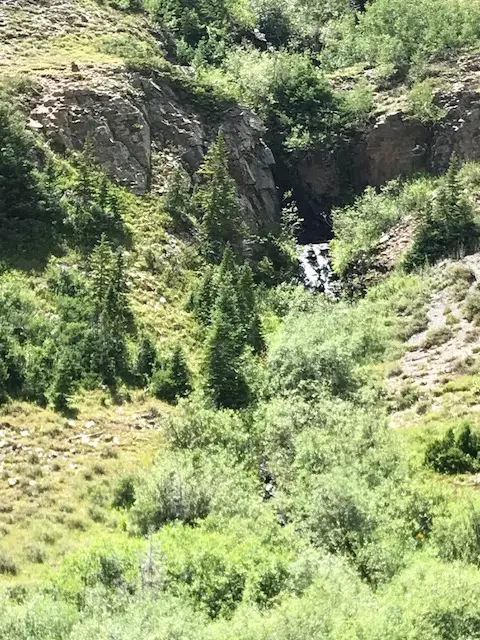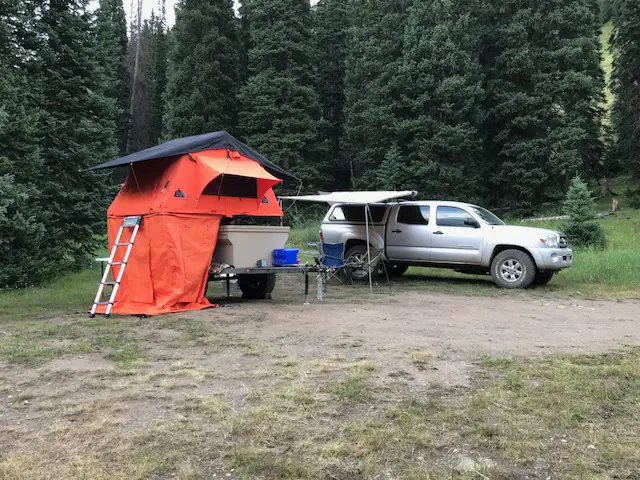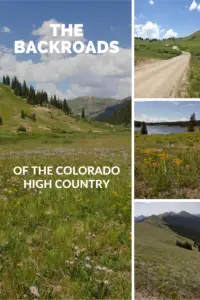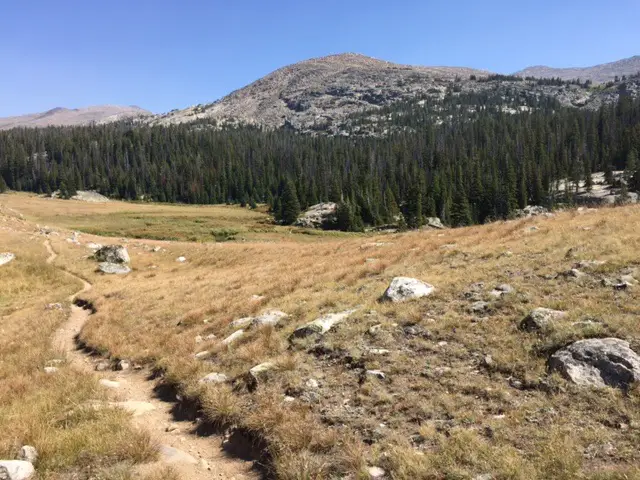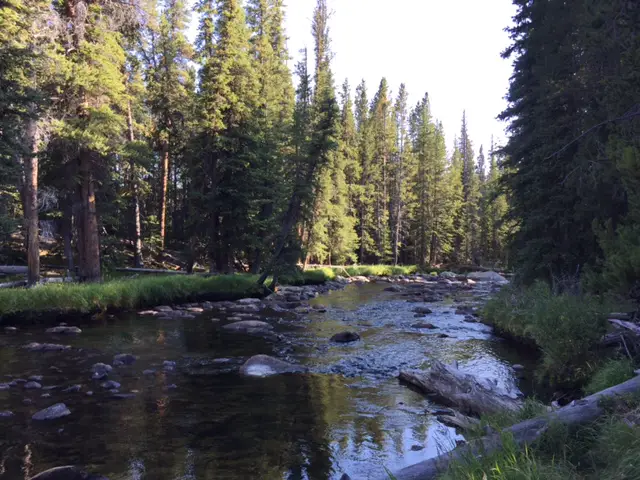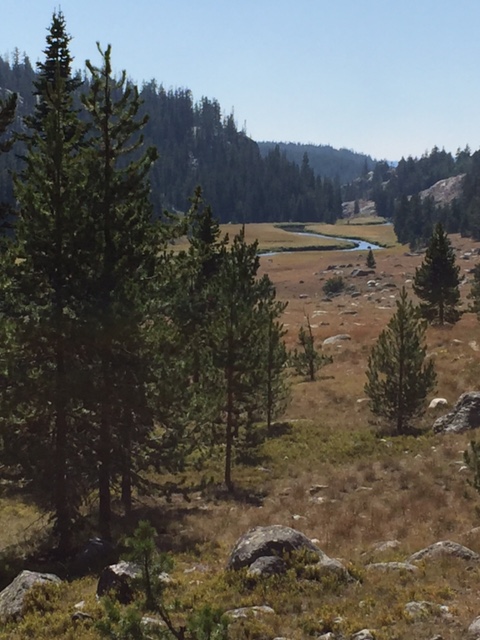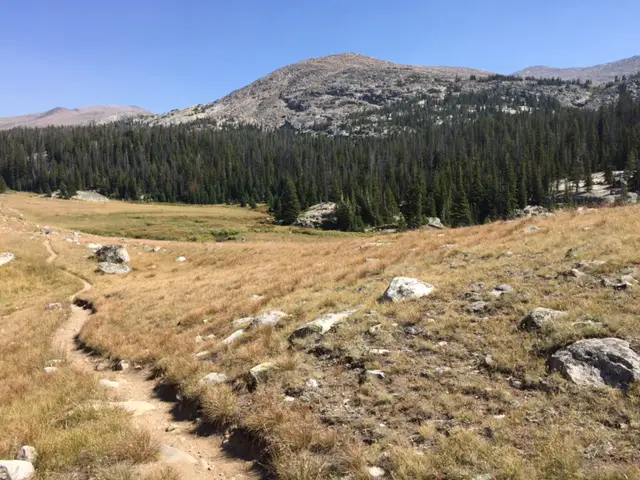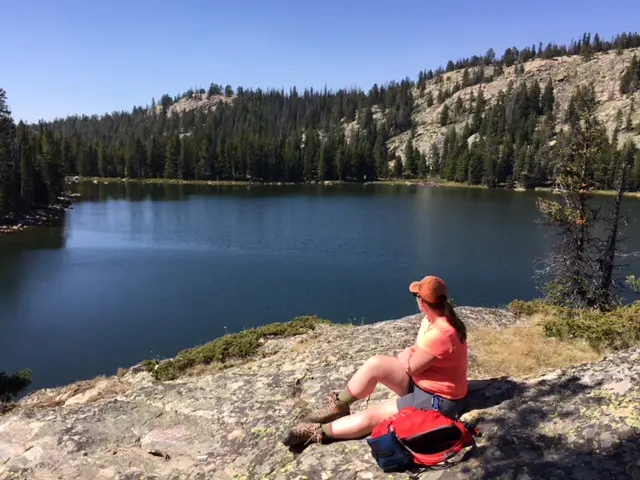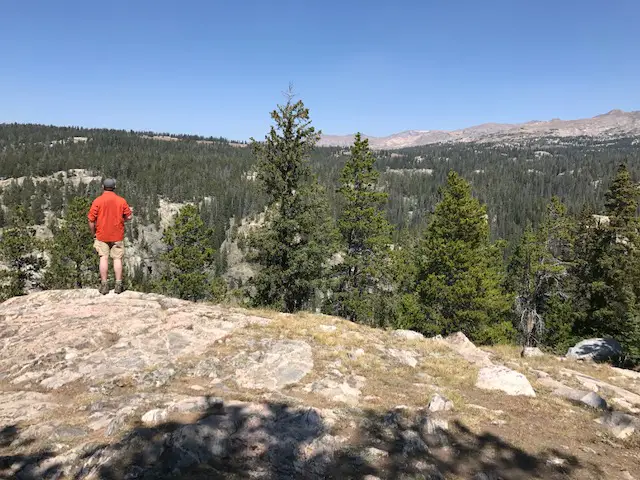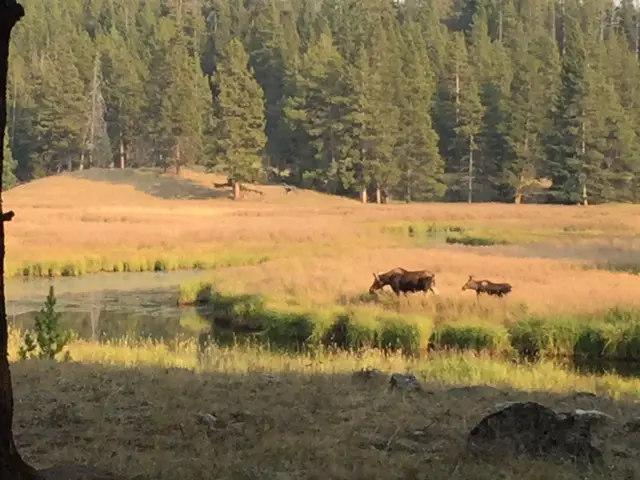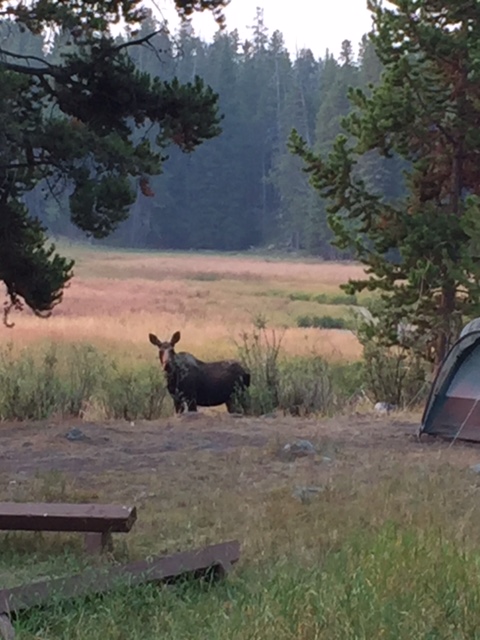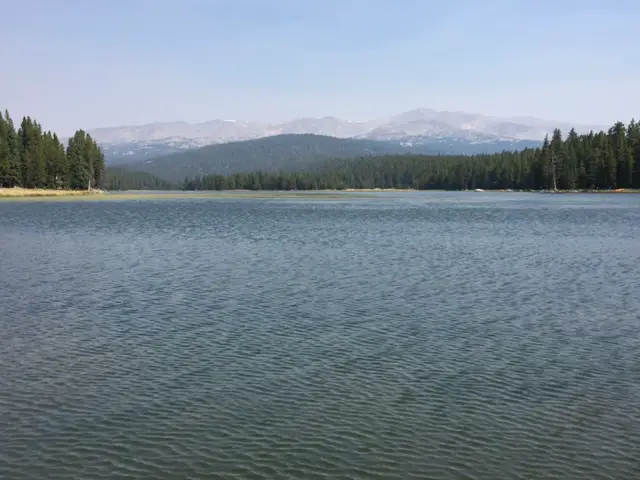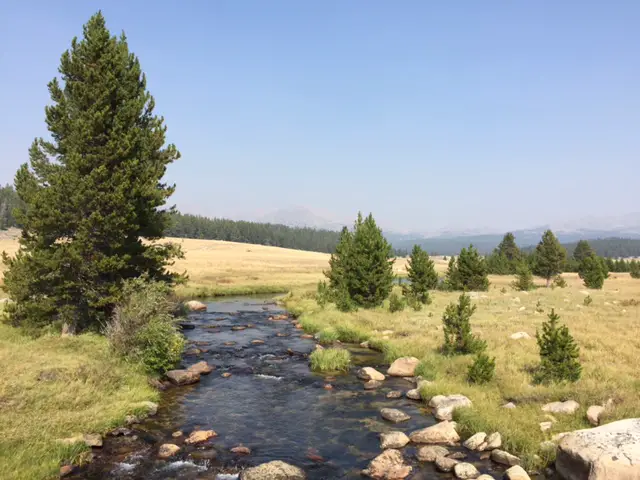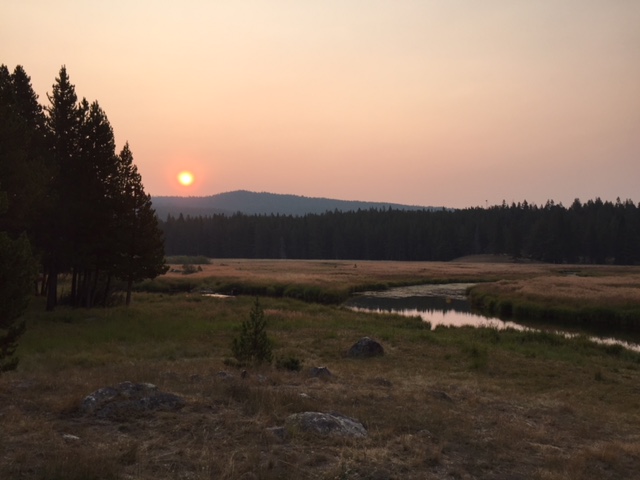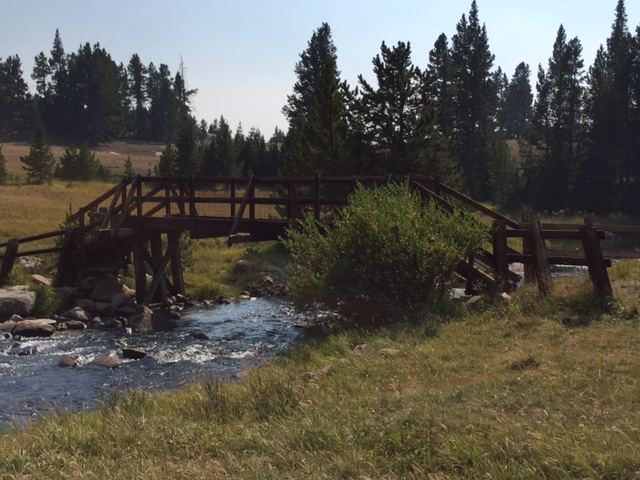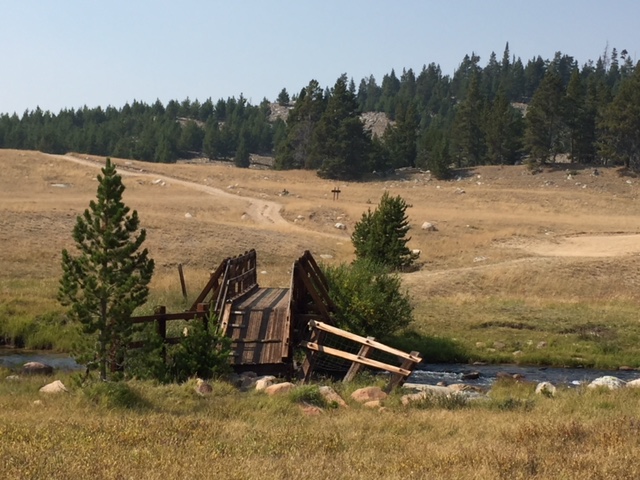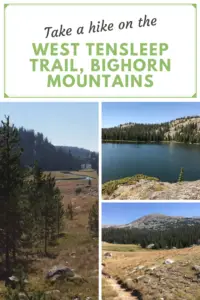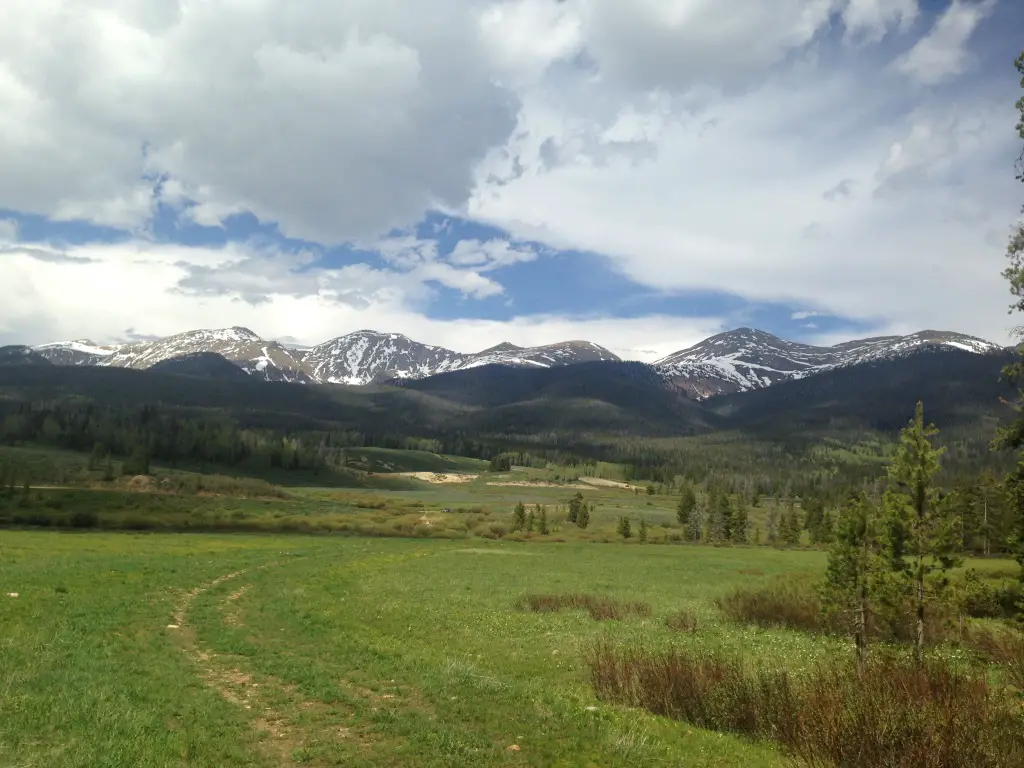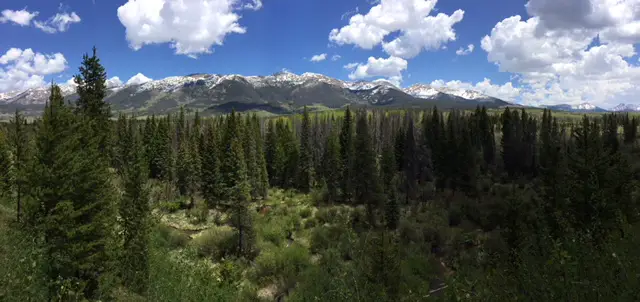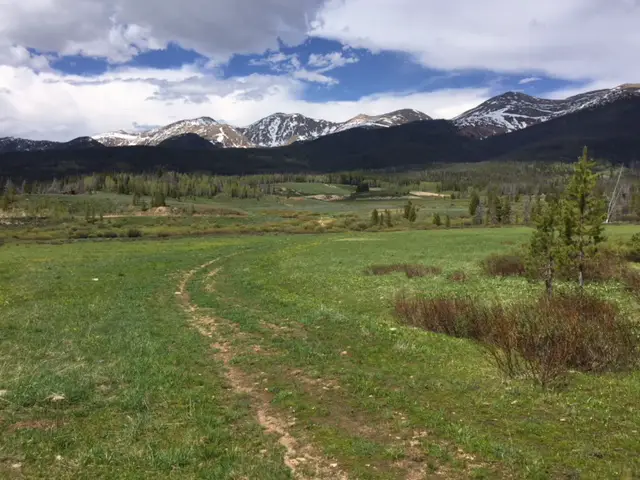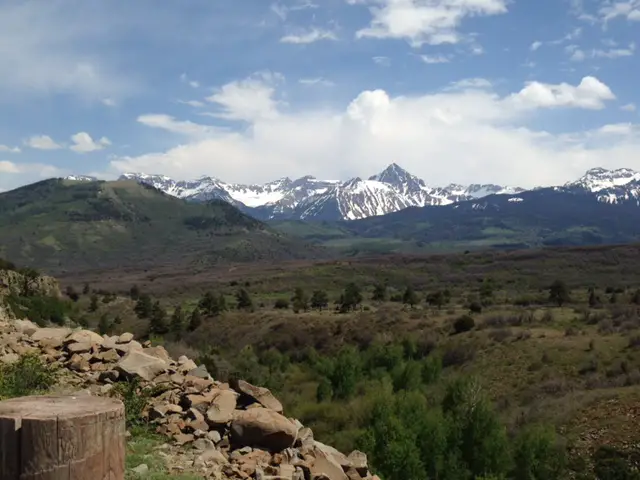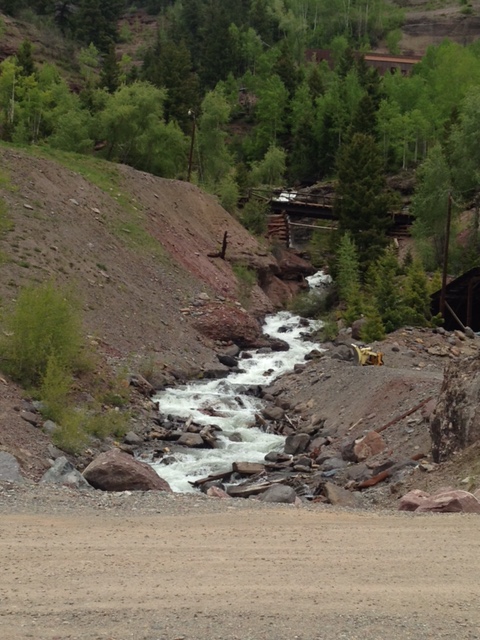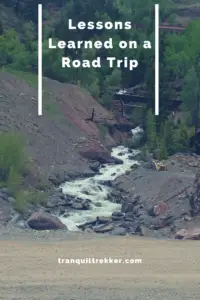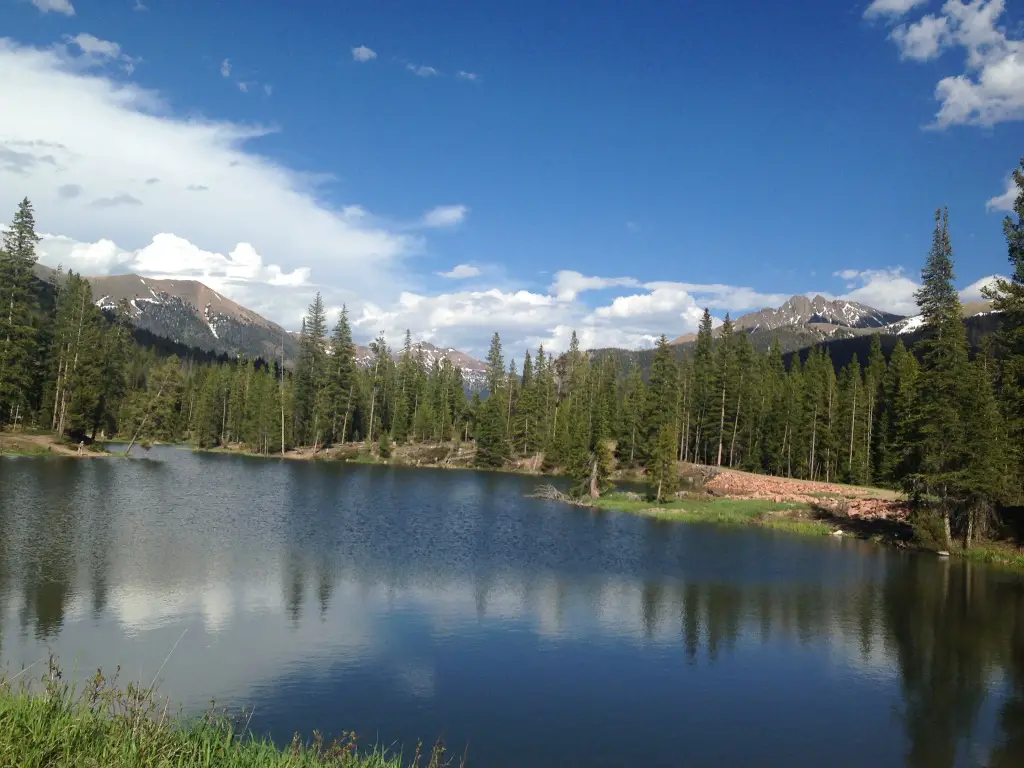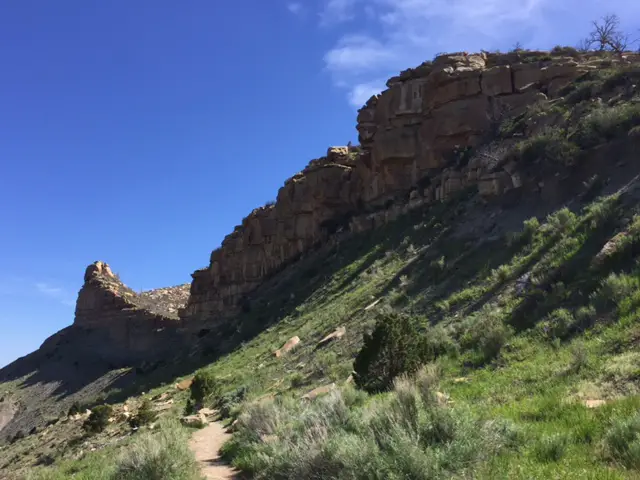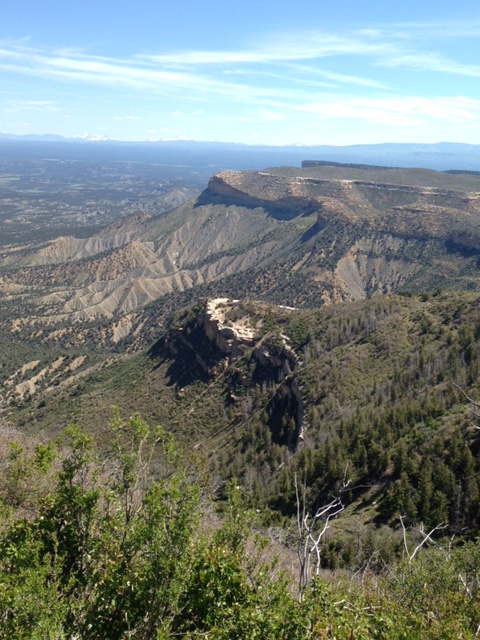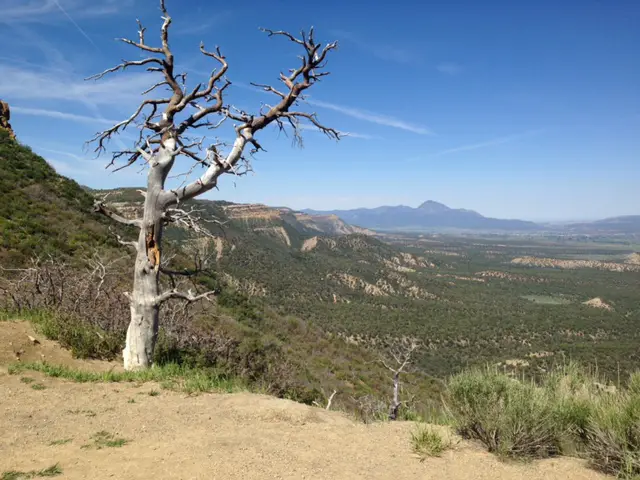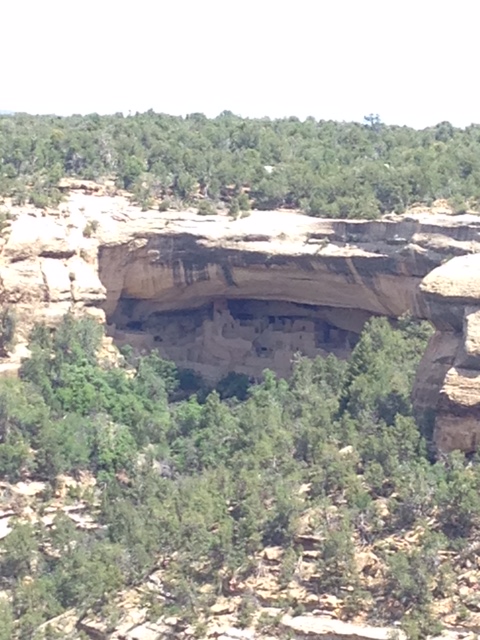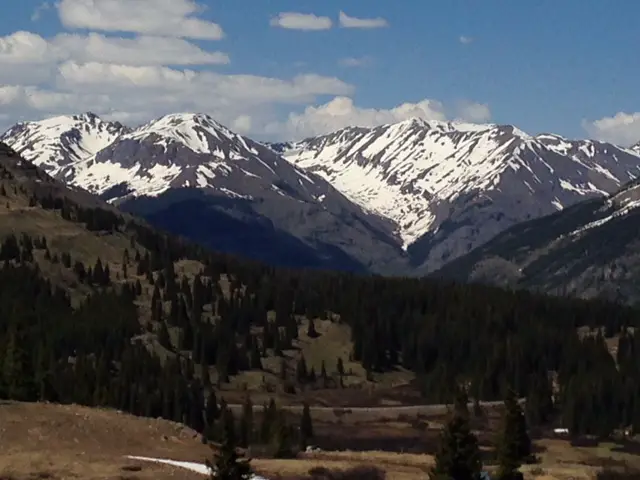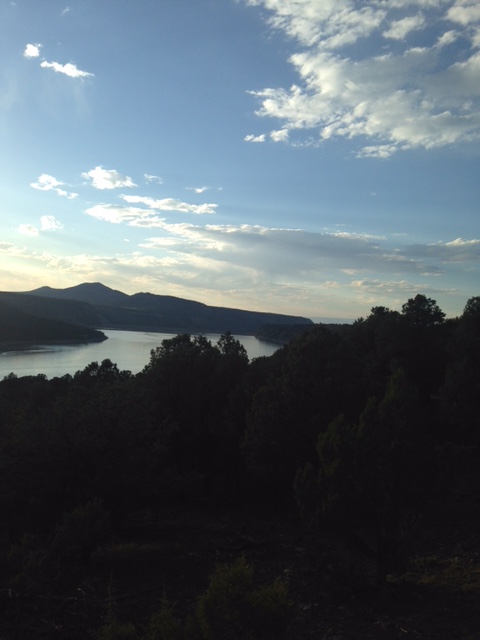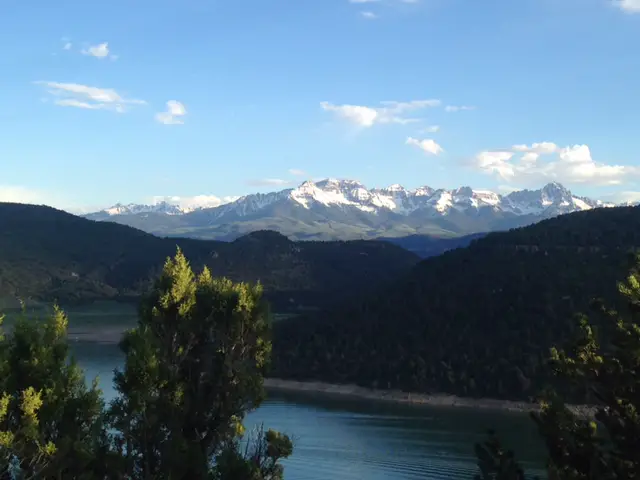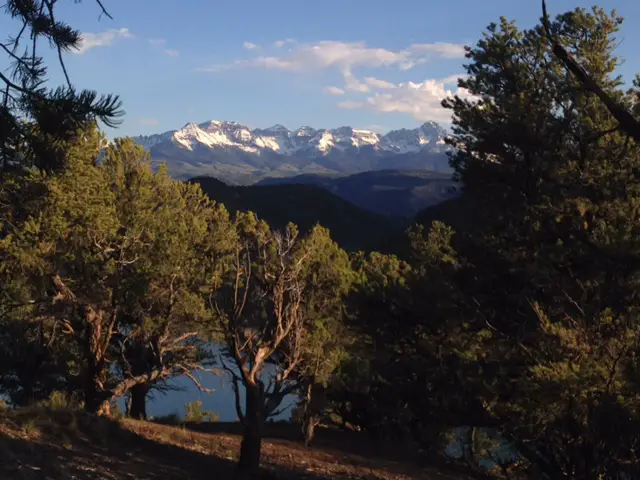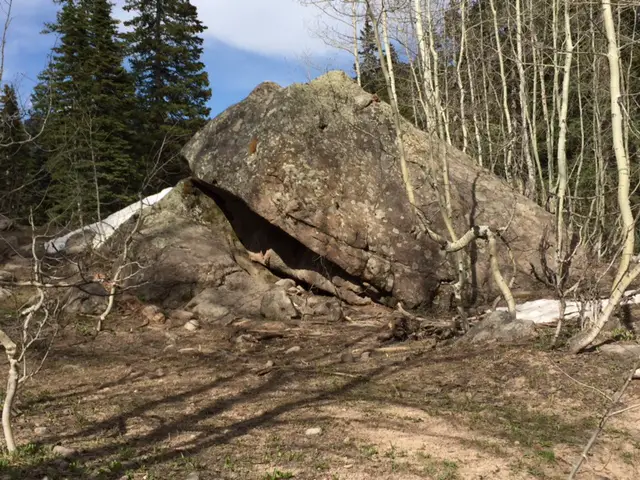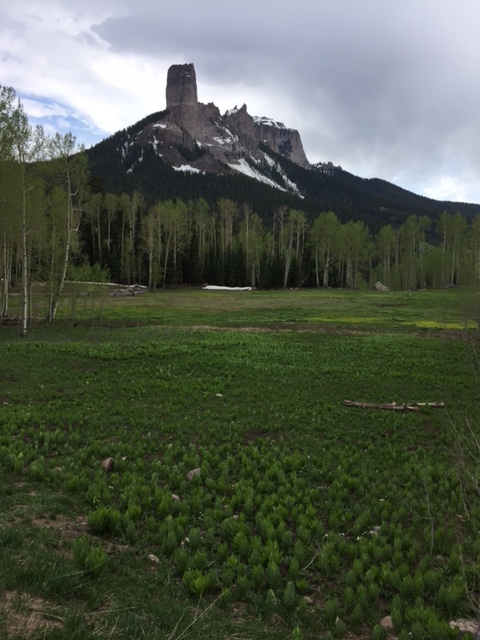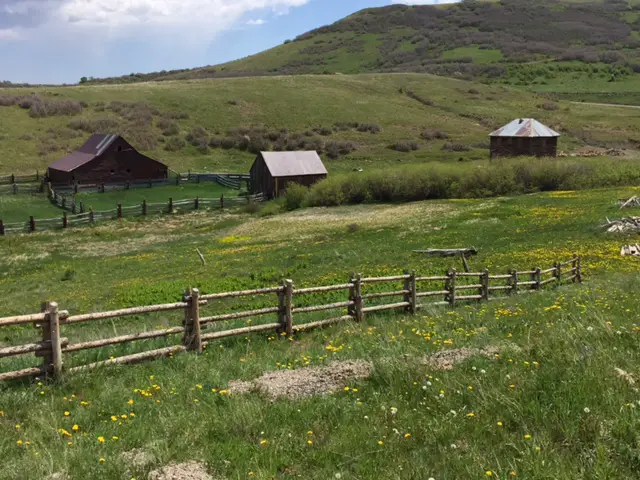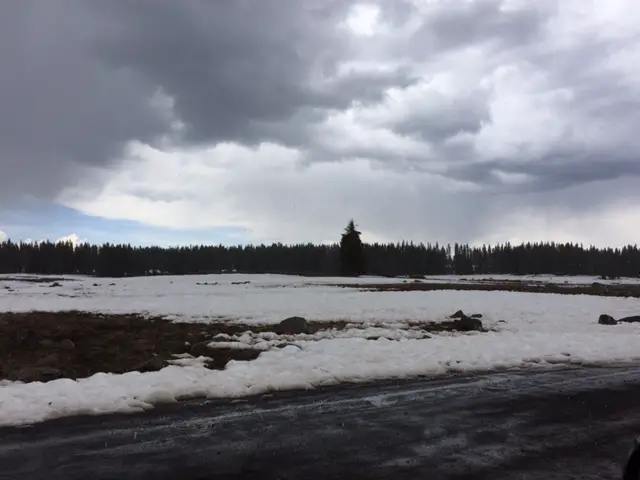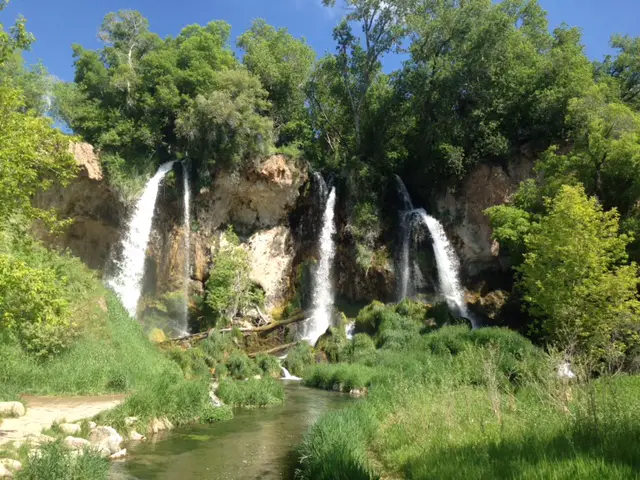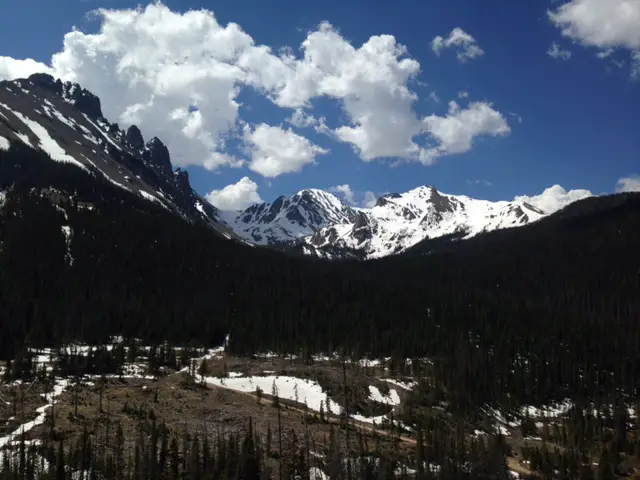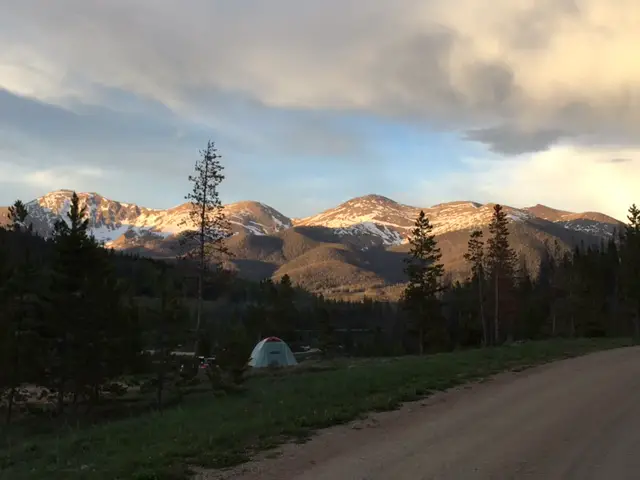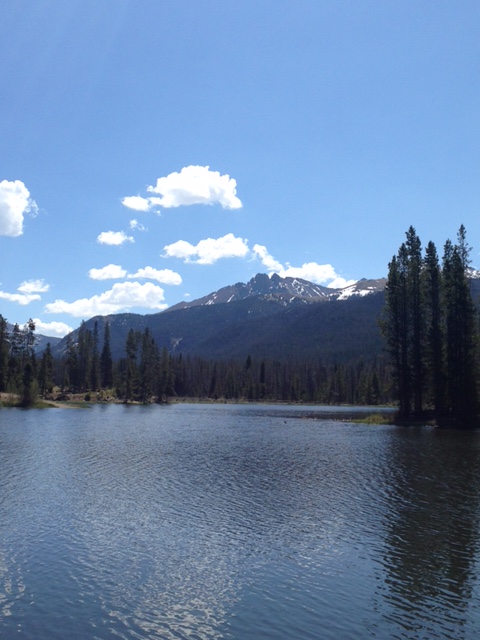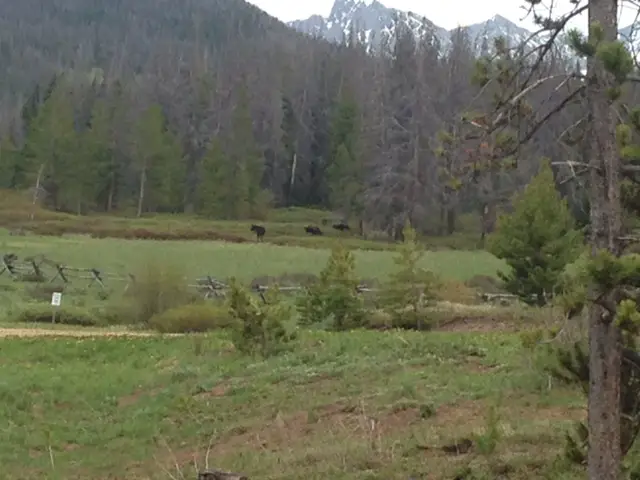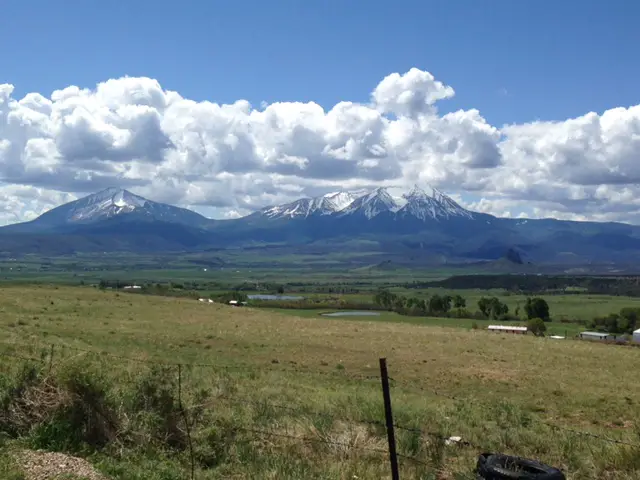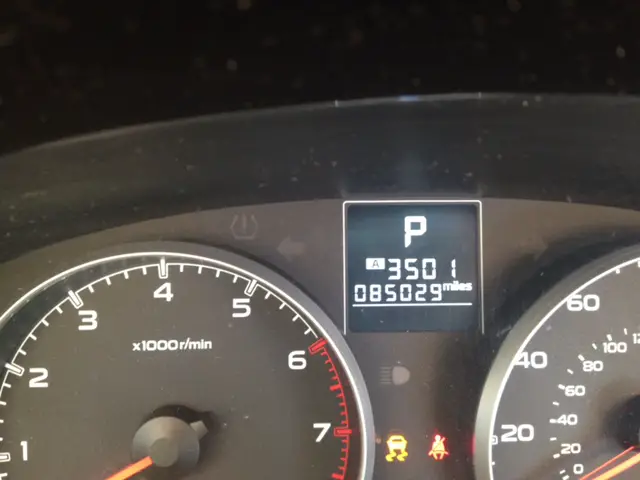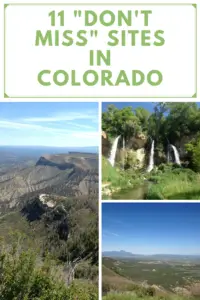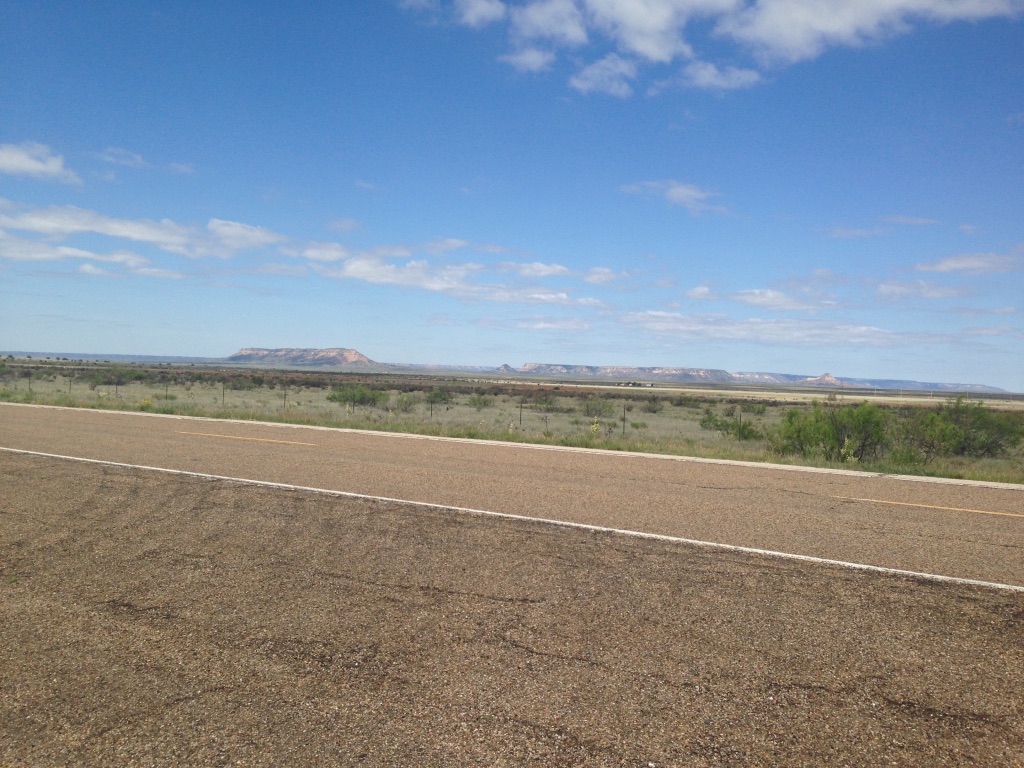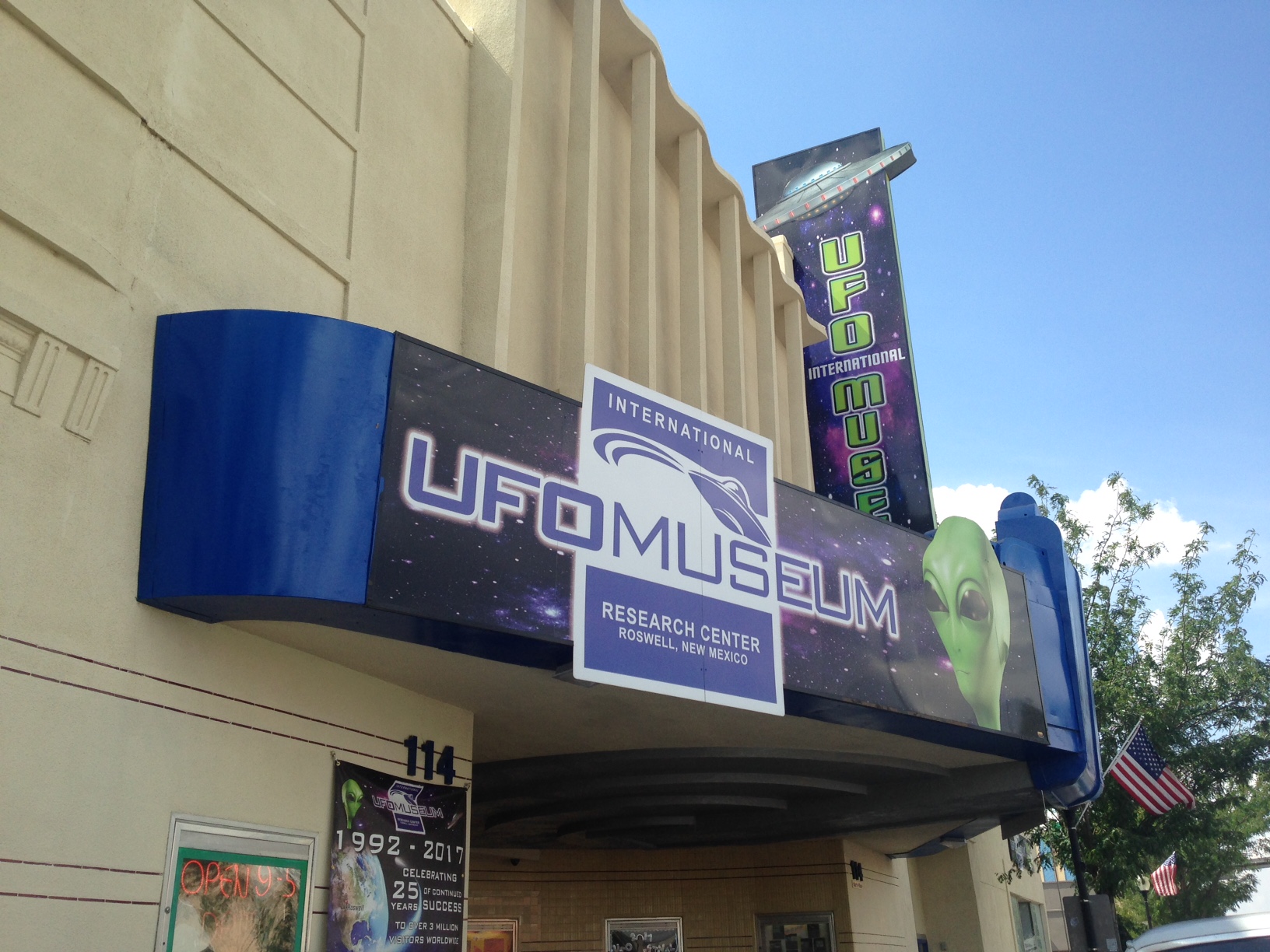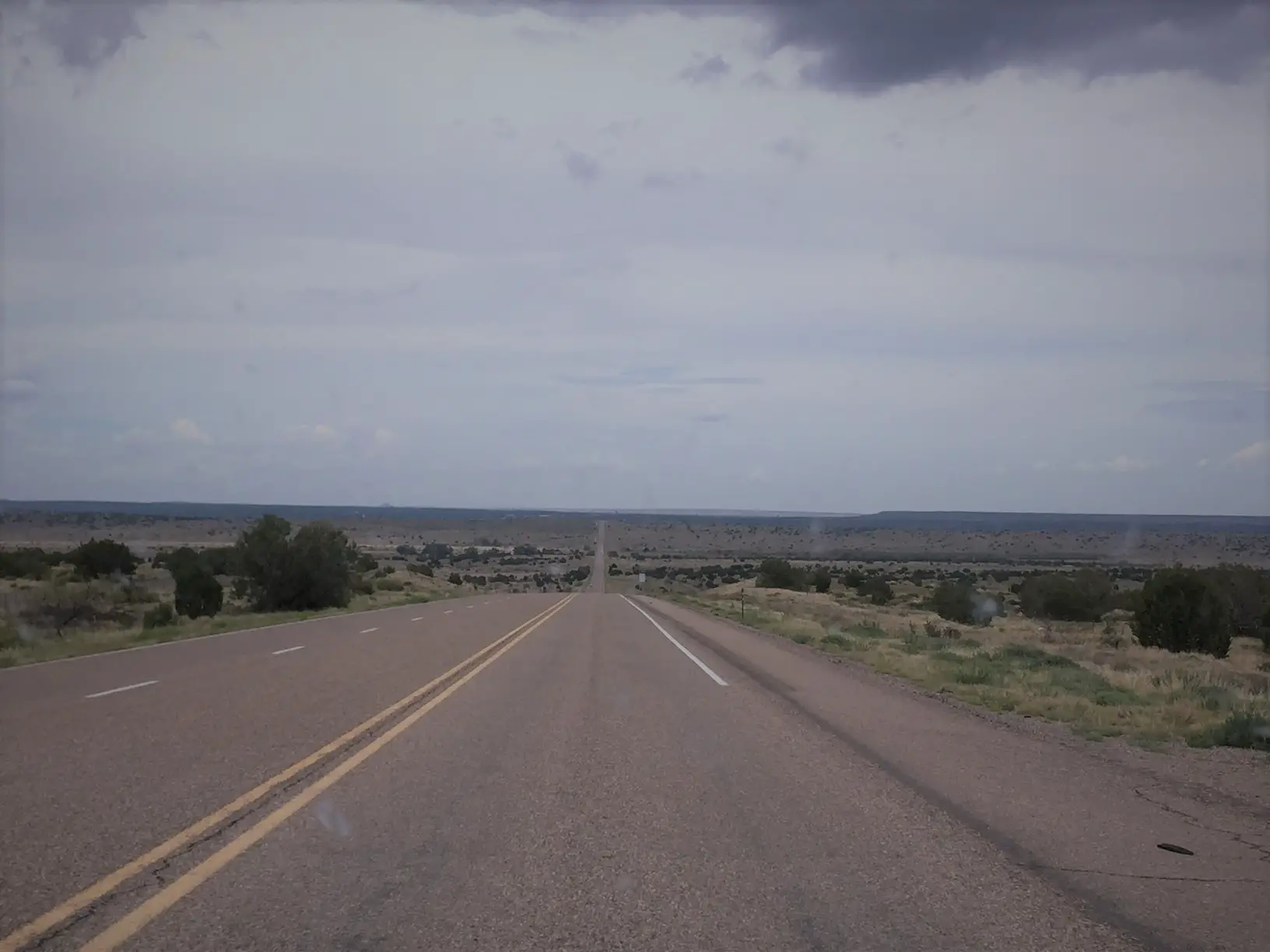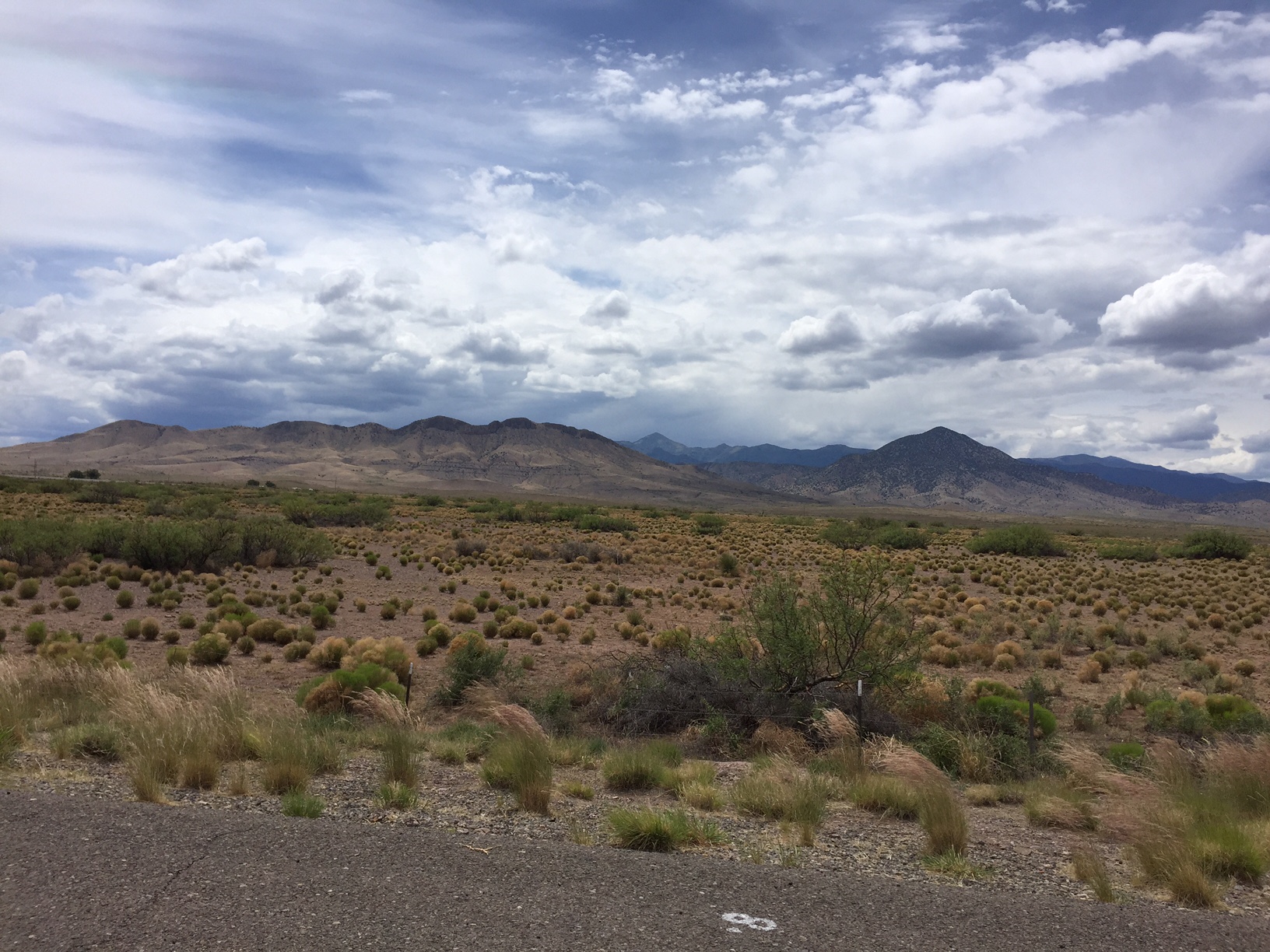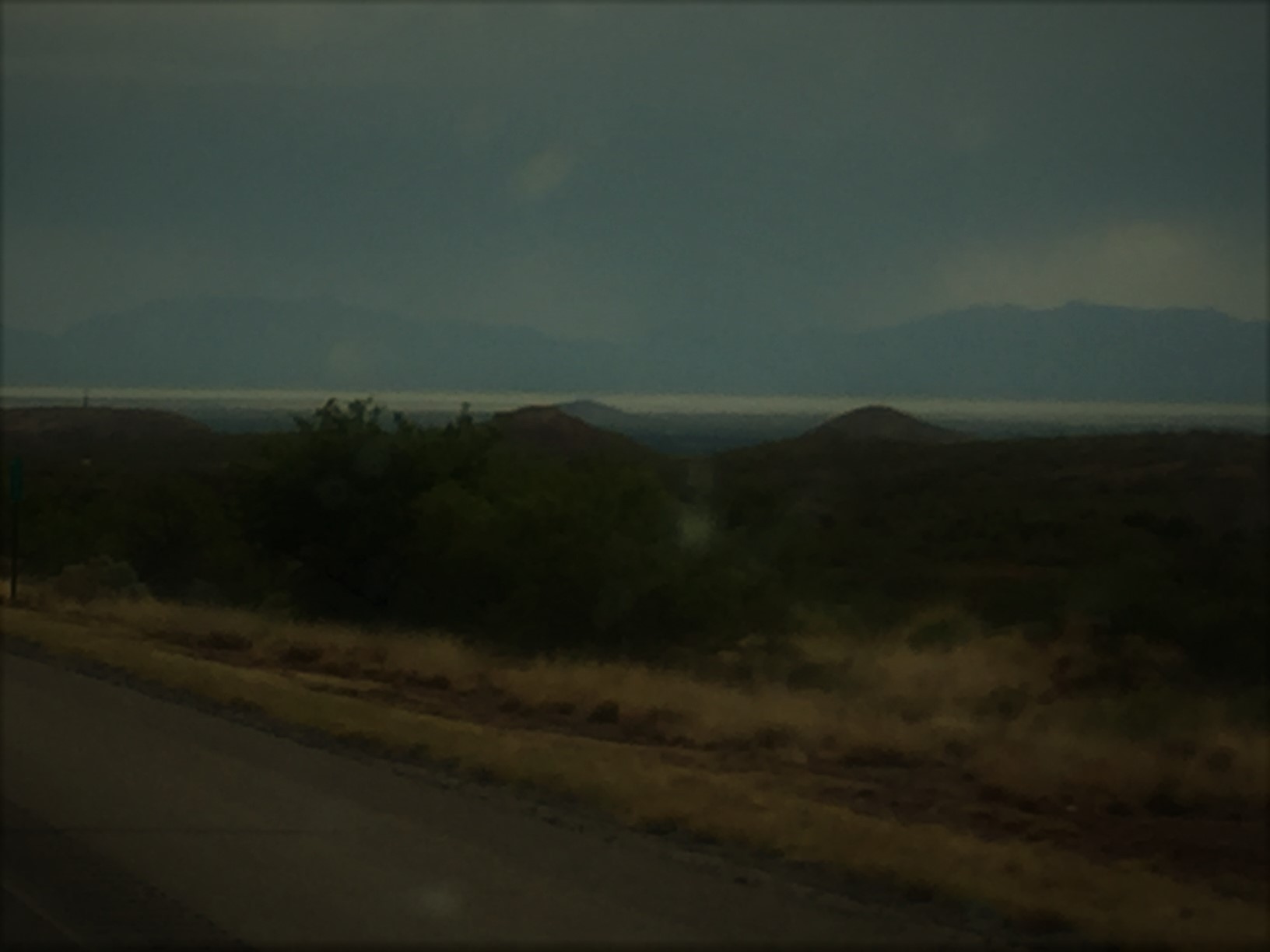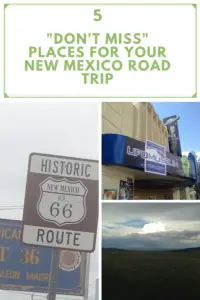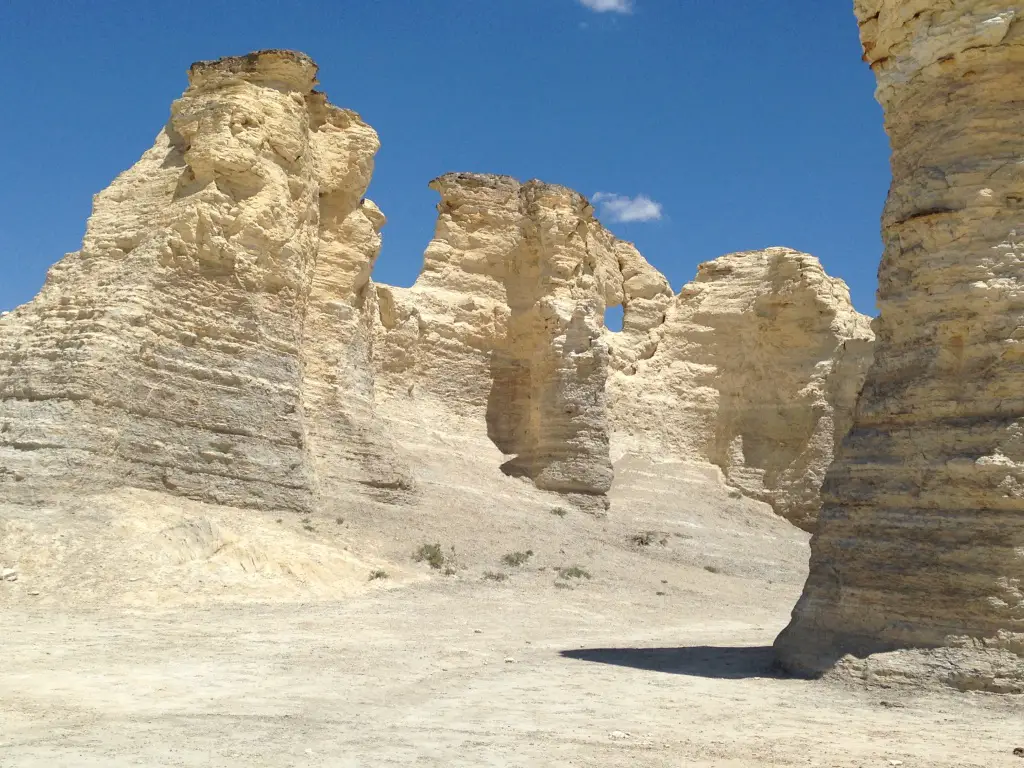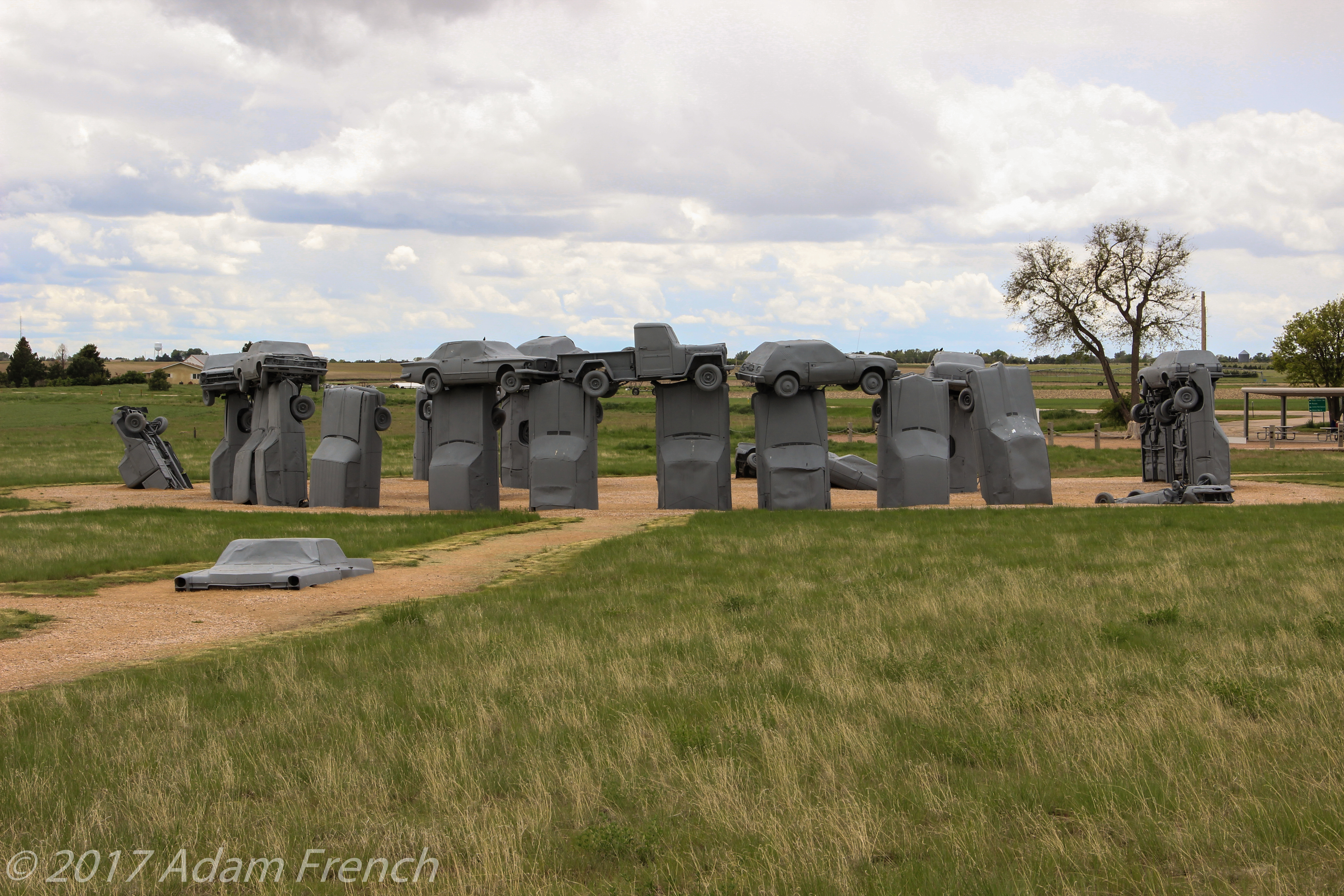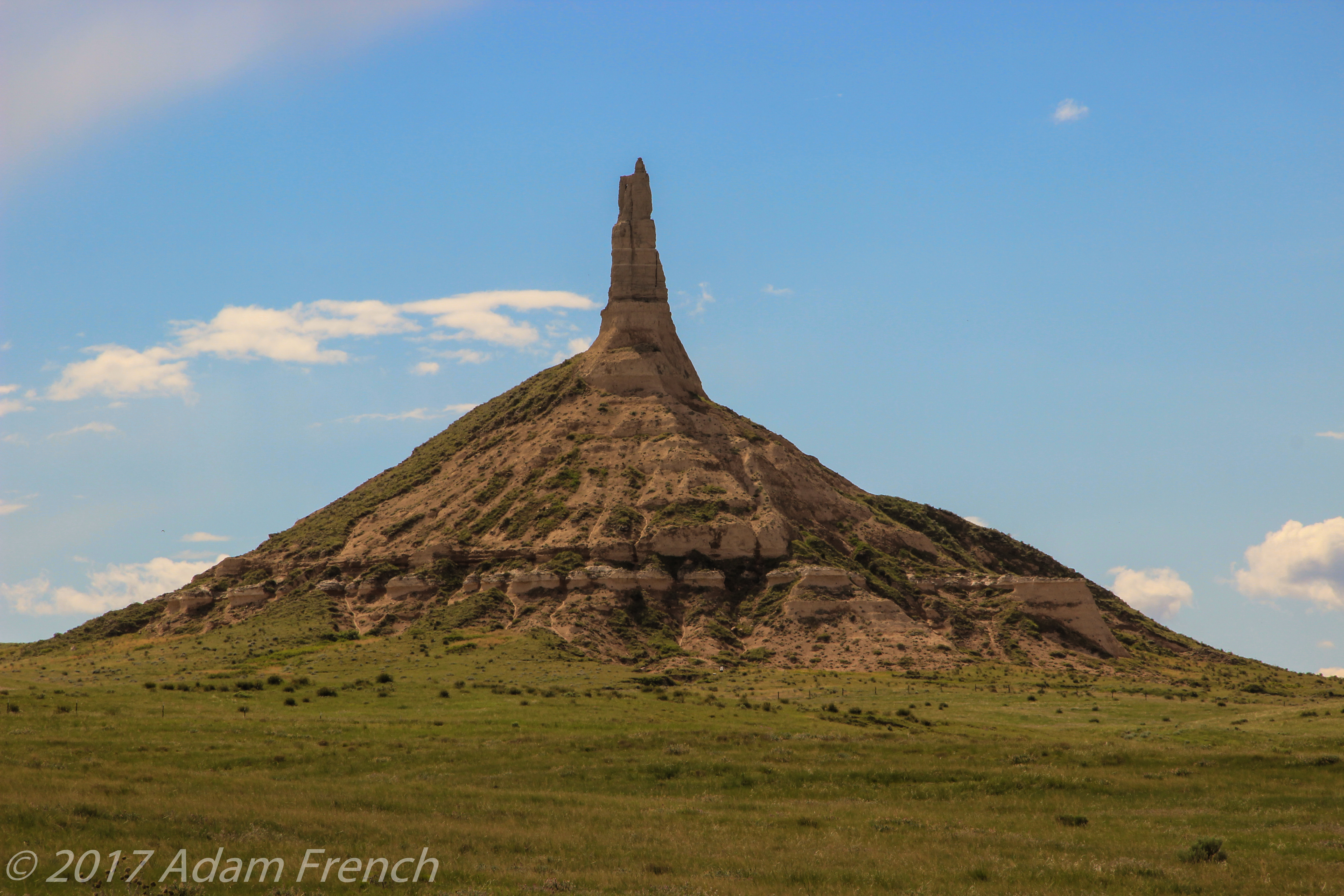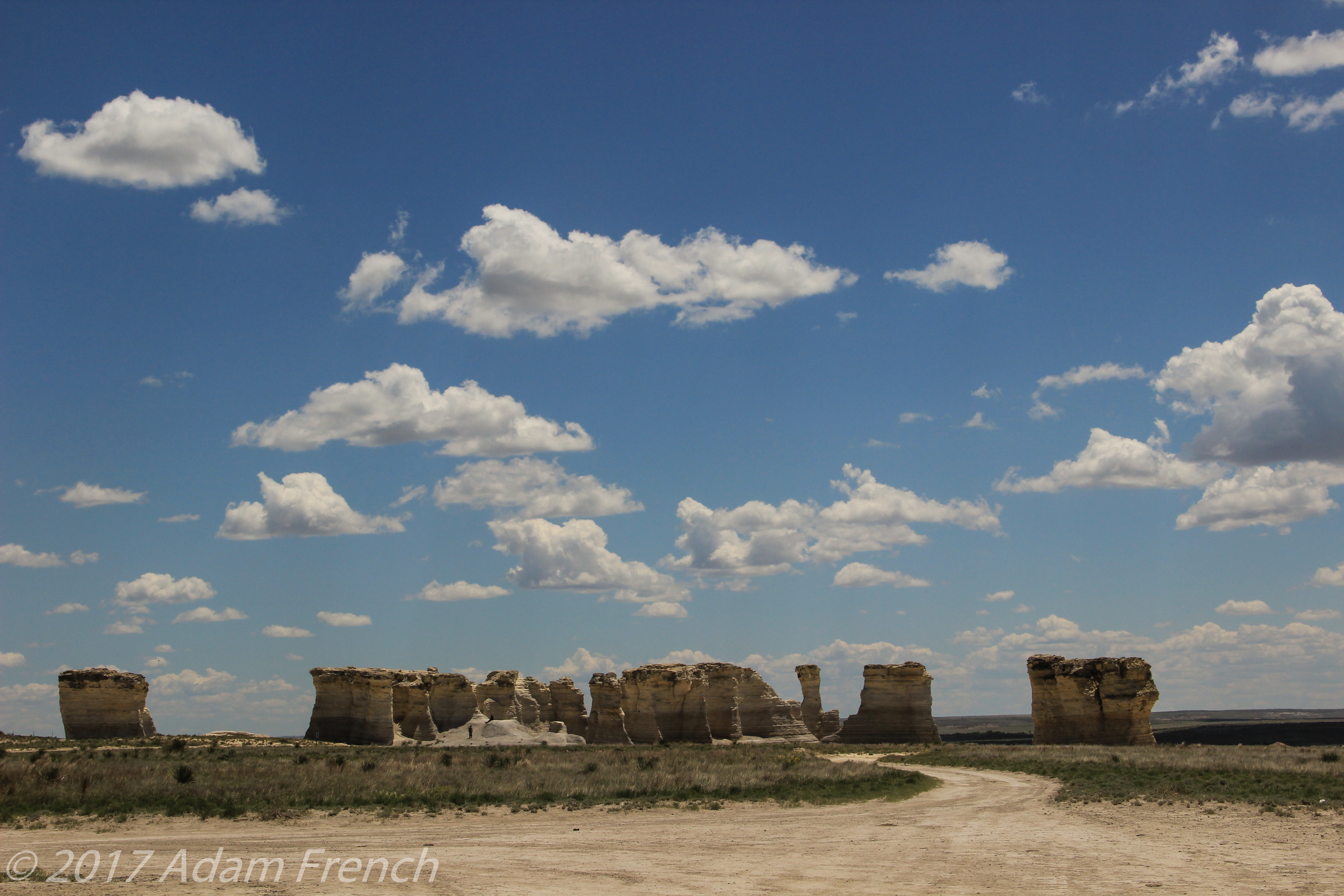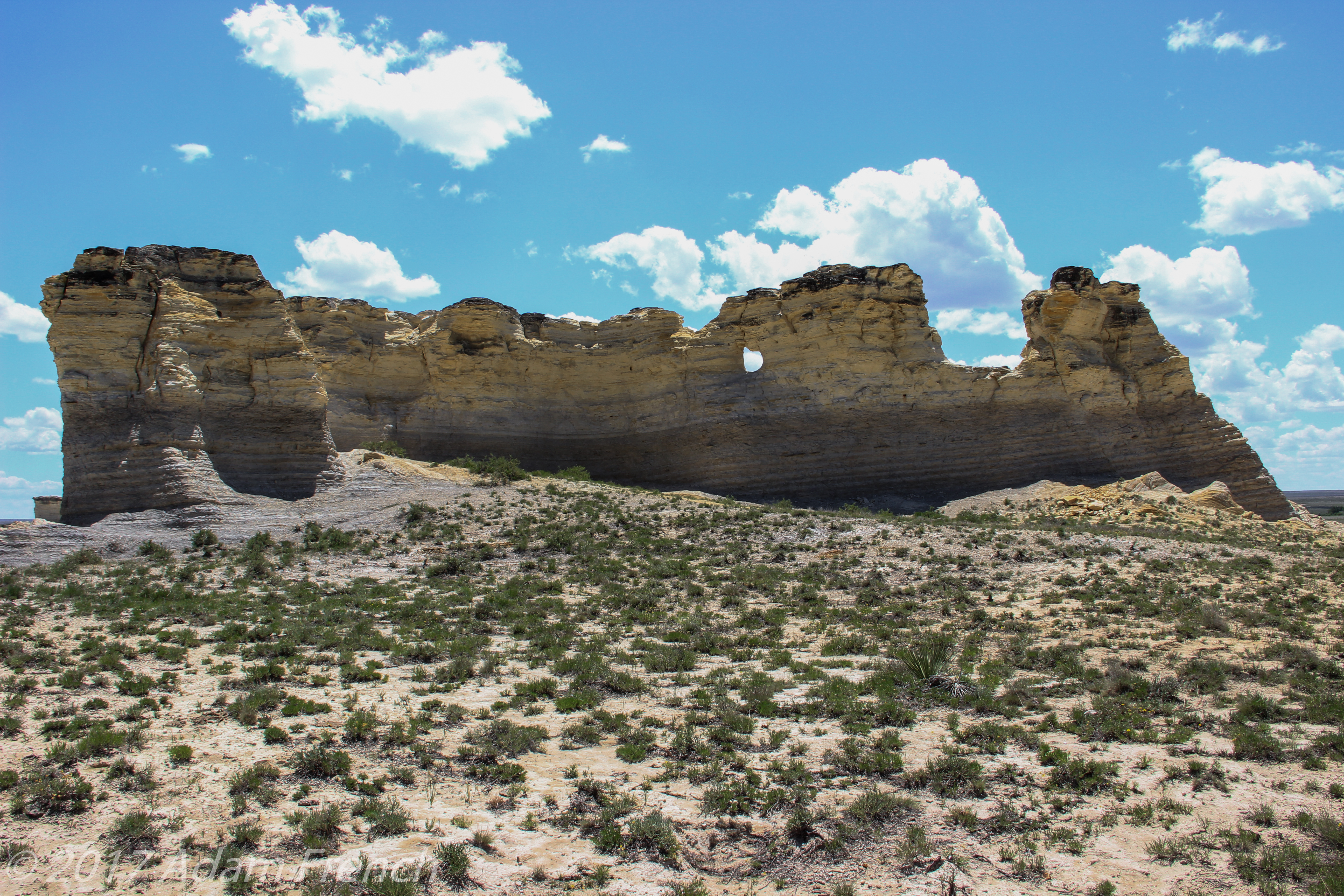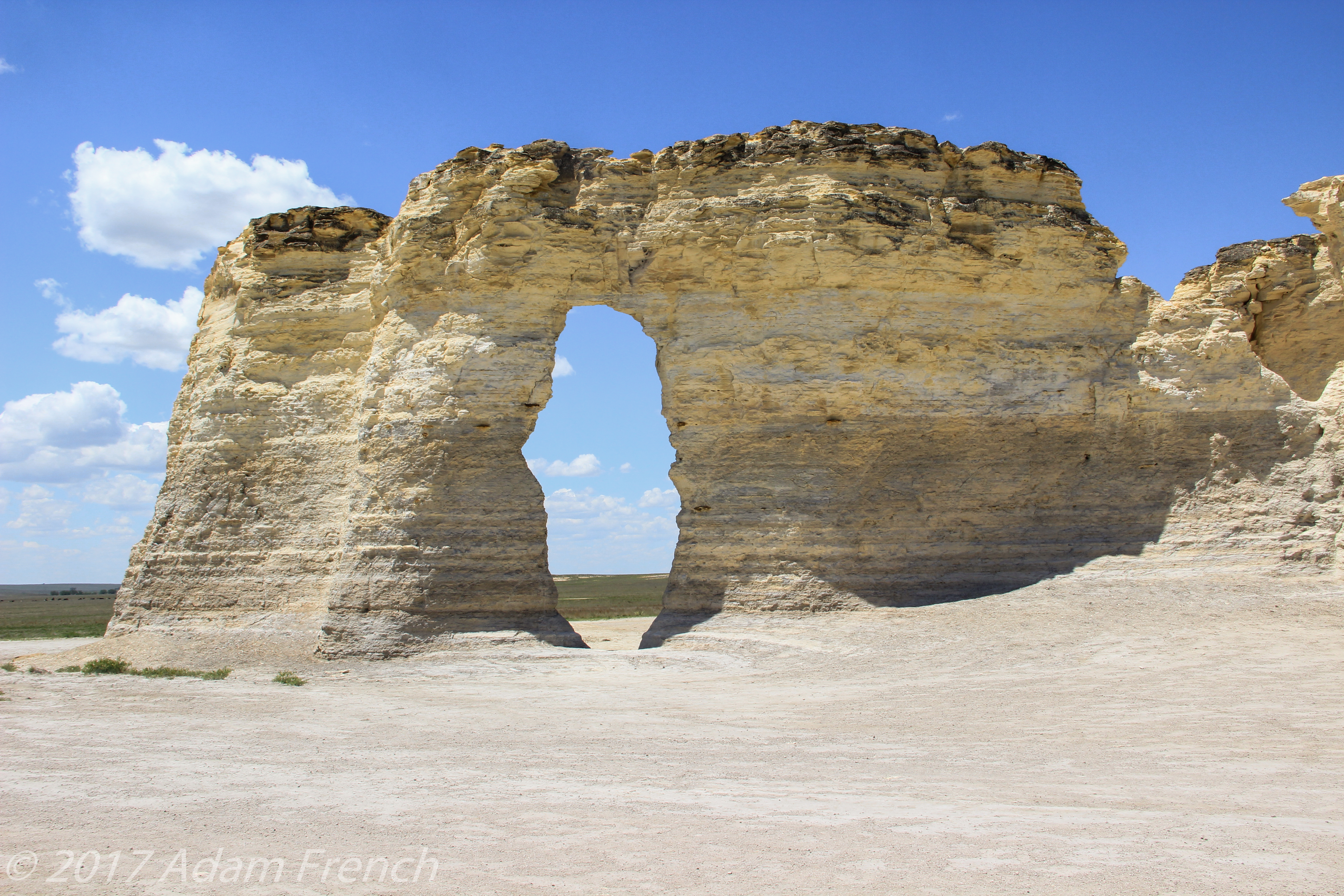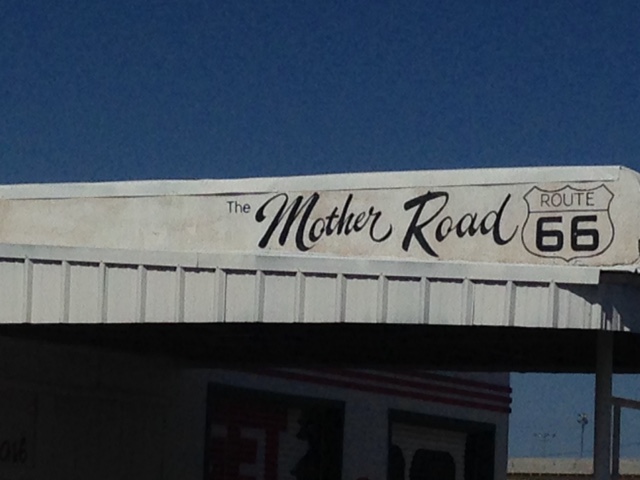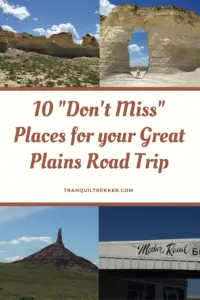3 weeks, 13 states, 5,138 miles, and 2 quarts of oil (FYI, Subarus inhale oil) gives you a grand New England Road Trip! Because, when you live in Western South Dakota, why wouldn’t you drive all the way to the coast of Maine for summer vacation? 😮😛
In 2019 the Trekkers spent three weeks on a whirlwind tour of the Northeast. We spent the first week visiting with Mr. Trekkers’ family in Connecticut, enjoying some of the old haunts from his childhood. Then we spent a weekend toodling around Vermont and New Hampshire, and then enjoyed several days at Acadia National Park, in Maine. We finished with a quick visit with my family in Indiana on the way back. Read on for “Don’t Miss” places for your Vermont and New Hampshire road trip!
Northern New England Countryside
I love northern New England! After traveling the crazy highways that snake all around its southern section, you hit the Vermont state line and life seems to slow down a little, again. You find yourself quickly returning to the small-town charm of country towns; earthy, damp smells radiate from the walls of green trees and ferns in the woods that surround you. It feels different here… most of the trees are deciduous hardwoods, whereas we’re used to the evergreens more commonly found in the Black Hills (and areas of Colorado that we frequent). It feels almost like a rainforest compared to the more arid land we’re used to. It reminded us a bit of the Redwood forests in California (except without the Redwood trees 😛).
“Don’t Miss” sites in Vermont and New Hampshire
Below are some highlights from our whirlwind tour…
Route 100, Vermont:
We traversed much of this scenic byway that spans the majority of the state, from north to south. Several of the locations listed below were found on or near that road. Throughout these travels, we enjoyed one of Vermont’s prime attractions, covered bridges, as well.
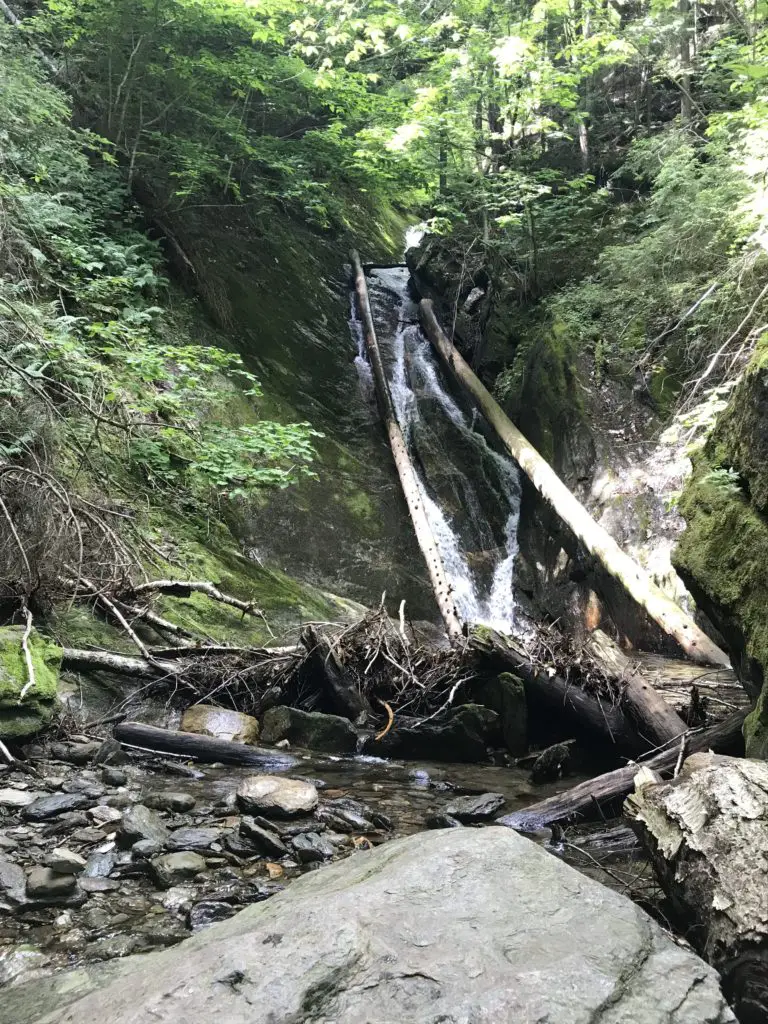
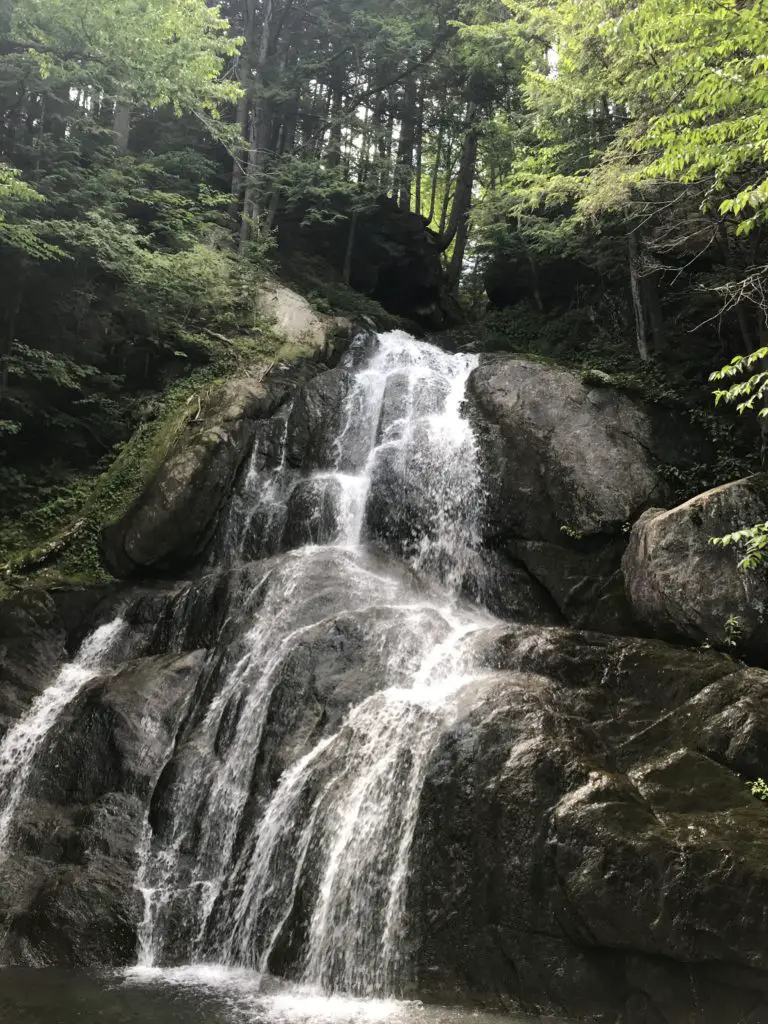
For more pictures of some great waterfalls around New England, check out my friend, Kathy’s blog here.
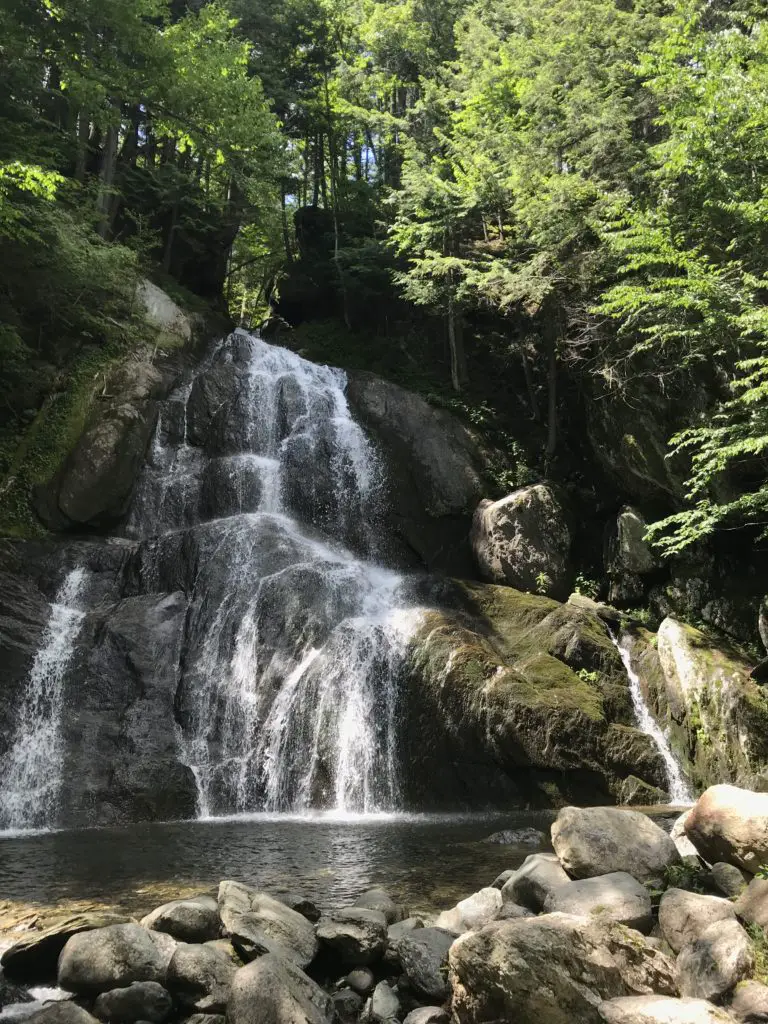
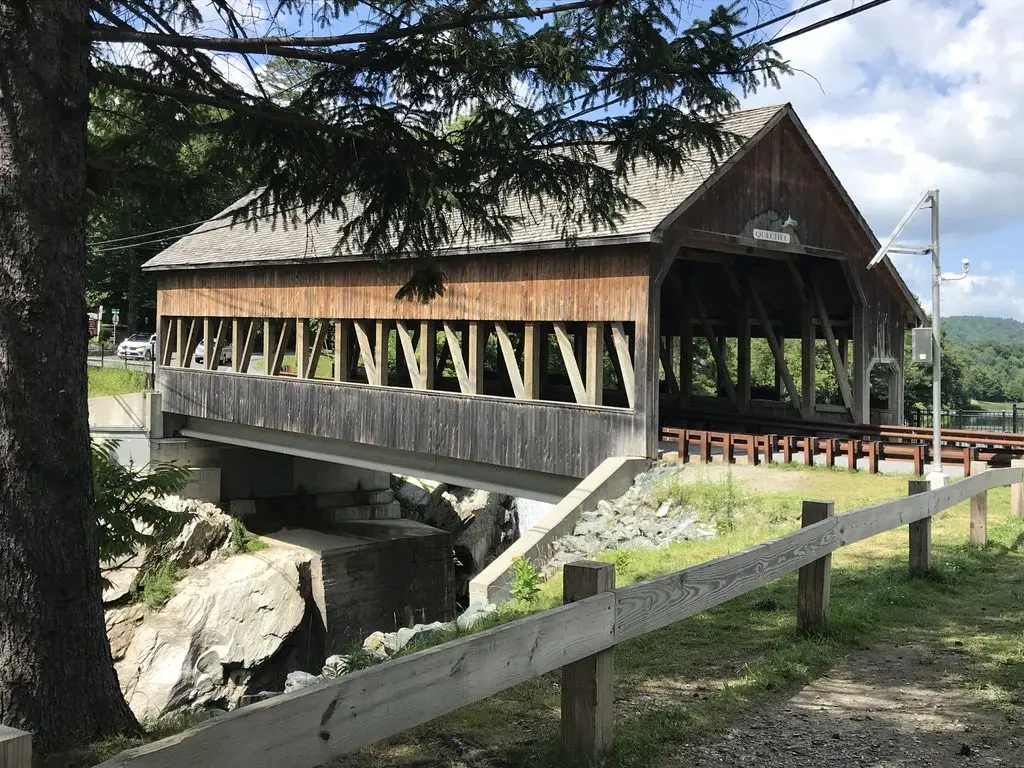
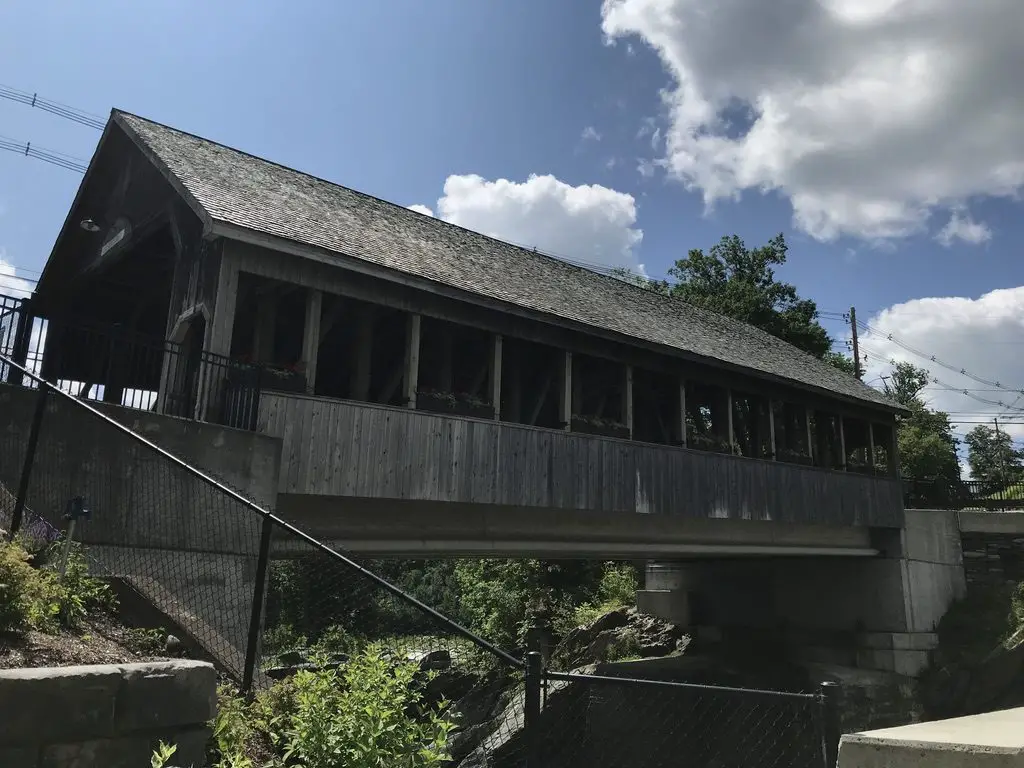
Ben and Jerry’s Flagship Store, Waterbury Vermont:
We decided we didn’t have time to actually do the factory tour where you can watch how the ice cream is made (though that would have been REALLY cool). However, we did get ice cream from the official store, and I’ve got a tie-dyed t-shirt to prove it! We did take the time to check out a portion of the grounds called the “flavor graveyard”. It was a little weird 🙃 but it was interesting seeing the various flavor options that have come and gone throughout the years. Check out the website for the factory here.
Cold Hollow Cider Mill, Waterbury, VT:
Just up the road from Ben and Jerry’s is a cool cider mill. It specializes in fresh-baked, cider donuts. I thought they tasted more like spice cake, but either way, they were good! Click here to check out the website for the mill!
The Vermont Country Store, Weston, VT:
This place was nice. It kind of reminded me of Wall Drug, in Wall, SD, but was far less immense. It was definitely a cute place to pick up some local delicacies and check out some cool, retro toys and games from the ’80s, that brought back memories of our childhoods. 😁
Quechee Gorge, Hartford, VT:
This place was really cool! The Ottauquechee River cuts through over 100 feet of rock in this area, the result is a GORGEOUS, scenic view. A hiking trail nearby takes you on an easy hike of less than one mile, to the head of the gorge, where the river is dammed. This provides a unique view down the length of the canyon.
The trail also traverses about a mile downhill, the length of the gorge, to where the river emerges from the rock again. This is a popular swimming area. Be aware though, as it’s downhill from the main parking lot all the way to the swimming site, you know what that means for the return trip! 😛
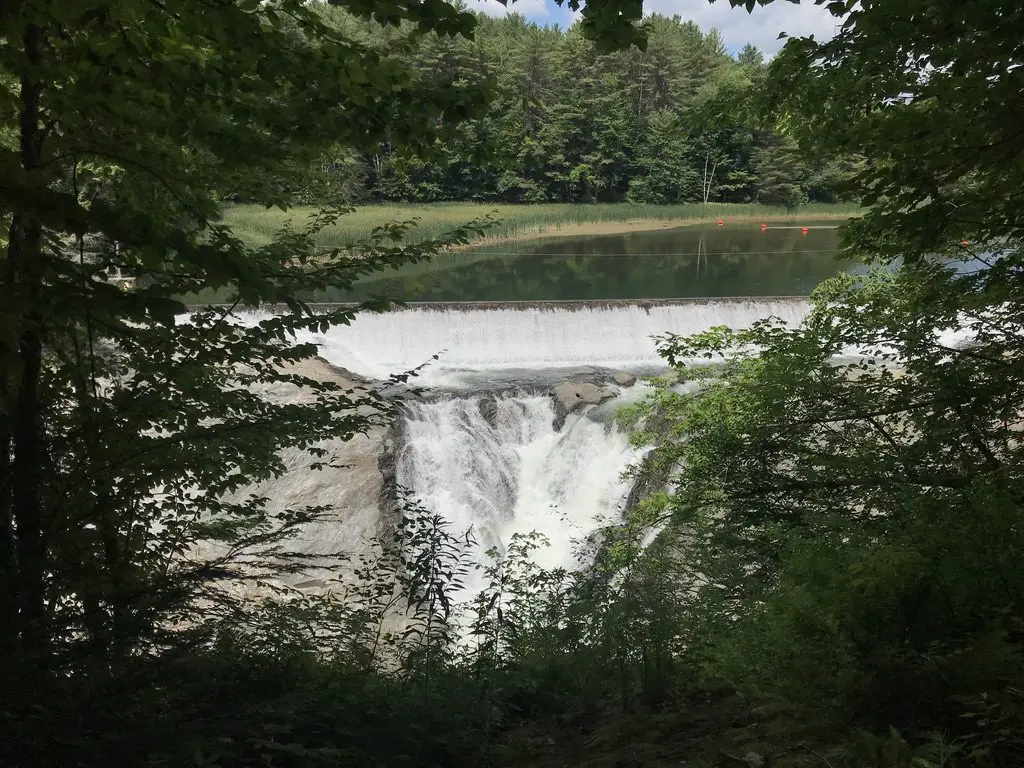
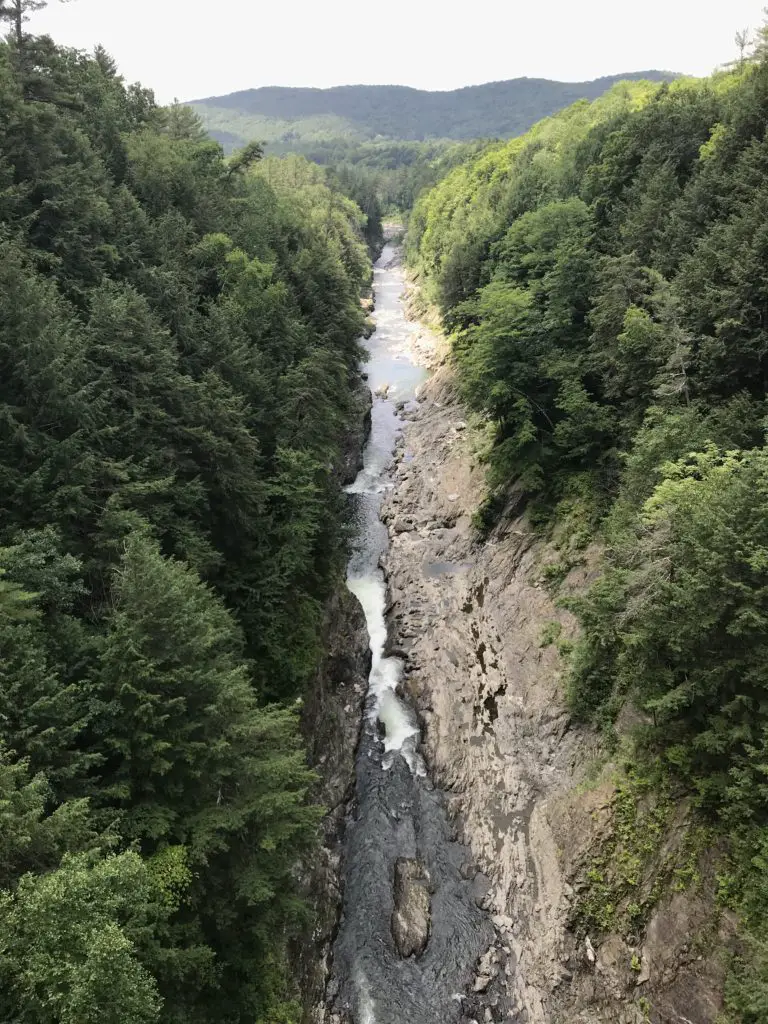
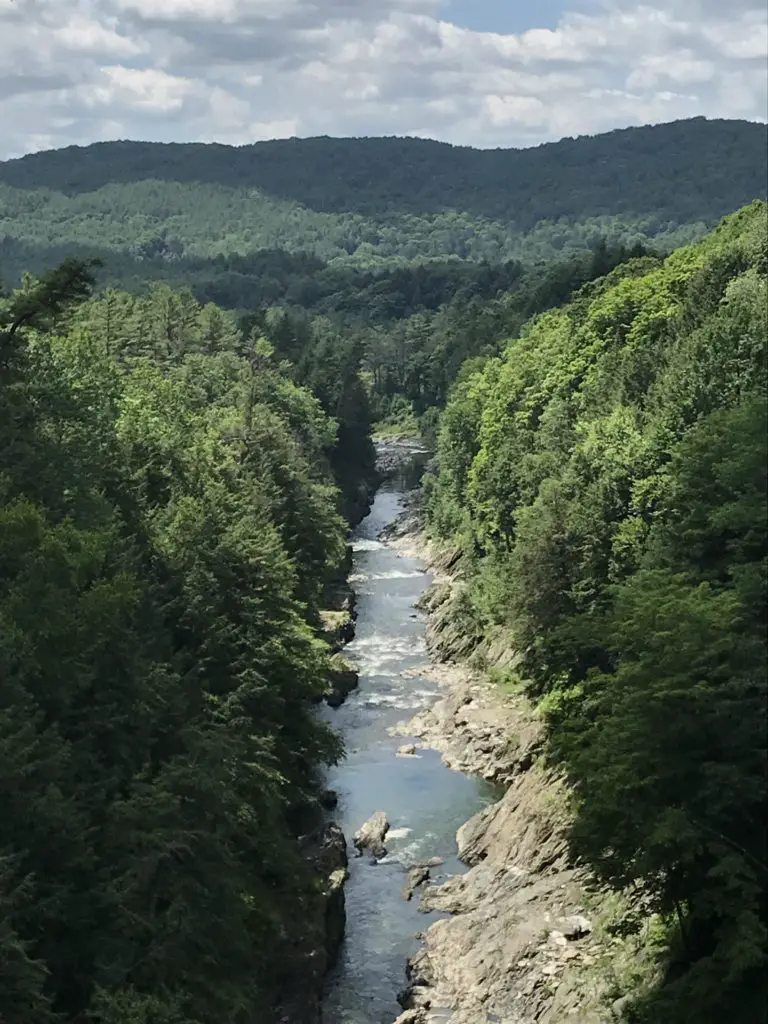

Simon Pearce Glass Mill and Store, Quechee, VT:
Ran using hydroelectric power from the same river that formed the Quechee Gorge, this place was AWESOME! We were able to watch the artisans blow and shape the glass in the mill, in the basement, while the final product is sold in the store upstairs. The shop also features a nice restaurant that overlooks the river.
We decided the creations (even the seconds) were a little too rich for our blood, especially with the risk of breaking them as it was the middle of a lengthy road trip!
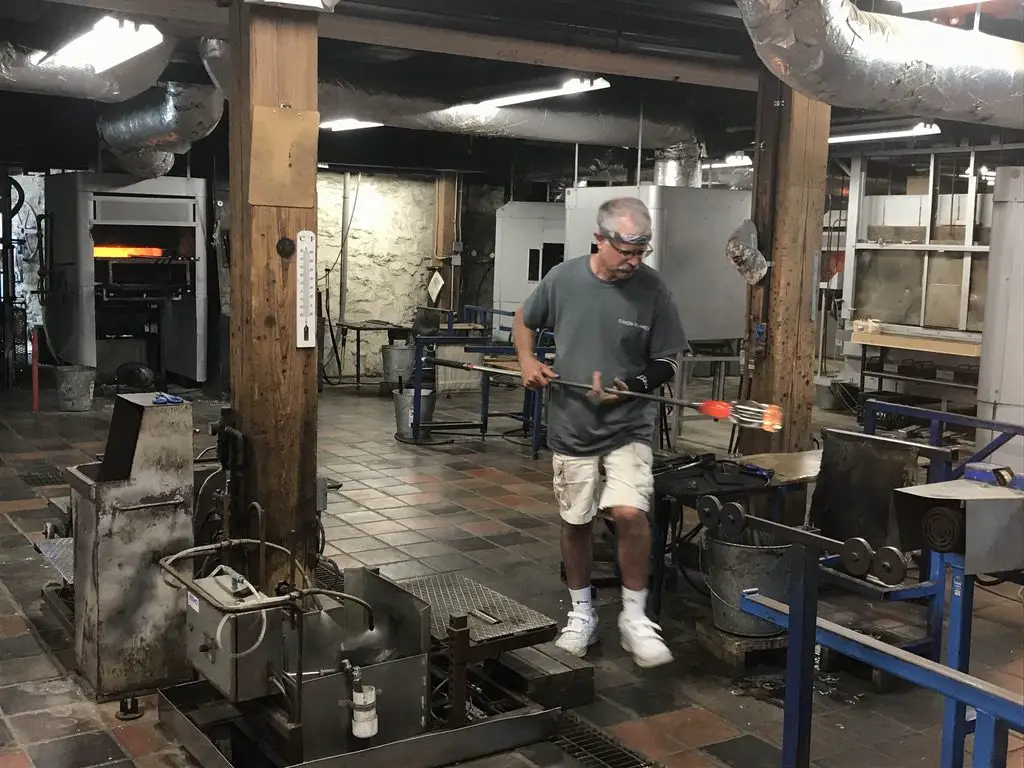
Camping at State Parks in Vermont and Maine
Because we enjoy camping, and it helps to keep costs down when on road trips, we spent a few nights at state parks in both Vermont and Maine. The mosquitoes were bad throughout the trip, but that’s to be expected in the middle of the damp woods. 😉
I’m a nature girl, I like critters, even the slithery, skittering, venomous–if we must–kind, as long as we can leave each other alone. What I can’t abide are mosquitoes. Seriously, why, just why? That will be one of the many questions I have for the “Big Guy” someday.
What purpose do they serve? Food for other critters? That’s fine, but why do they have to suck OUR blood, causing welts that itch to high heaven (and are bigger than the critter that left them) that last for days on end, and can even end up infected due to excessive scratching brought on by the extreme itching (I know from experience). A bug that DOESN’T carry potentially deadly disease couldn’t fill that spot? I’m just saying. 😛 They say God doesn’t make mistakes but the presence of mosquitoes makes me wonder a bit. 🤔
The campsites throughout the campgrounds were largely gravel and flat. They have large stone hearths to use for fires, we aren’t used to that in the Black Hills. It made me think of the Flintstones. 😂 Most of the sites were large enough they could fit a small trailer/pop-up camper (we just brought the old, trusty, ground tent for this trip). There were also flush toilets, electricity, and showers (oh my! 😱) I can’t remember the last time we had those types of “fancy” amenities when camping! 😉
This may be because it’s been a while since we stayed at a state park. We’ve gotten used to national forest sites, with their vault toilets (and that’s it). 😋 Other than their more rustic accommodations though, national forests are still my favorite places to camp.
Below are some of the parks we visited:
Coolidge State Park, Plymouth, VT:
This is a newer park, and it includes buildings from the historical homestead of the 30th President of the United States, Calvin Coolidge. This was the first place we camped, and the quietest. Sites were shaded and well-separated from each other.
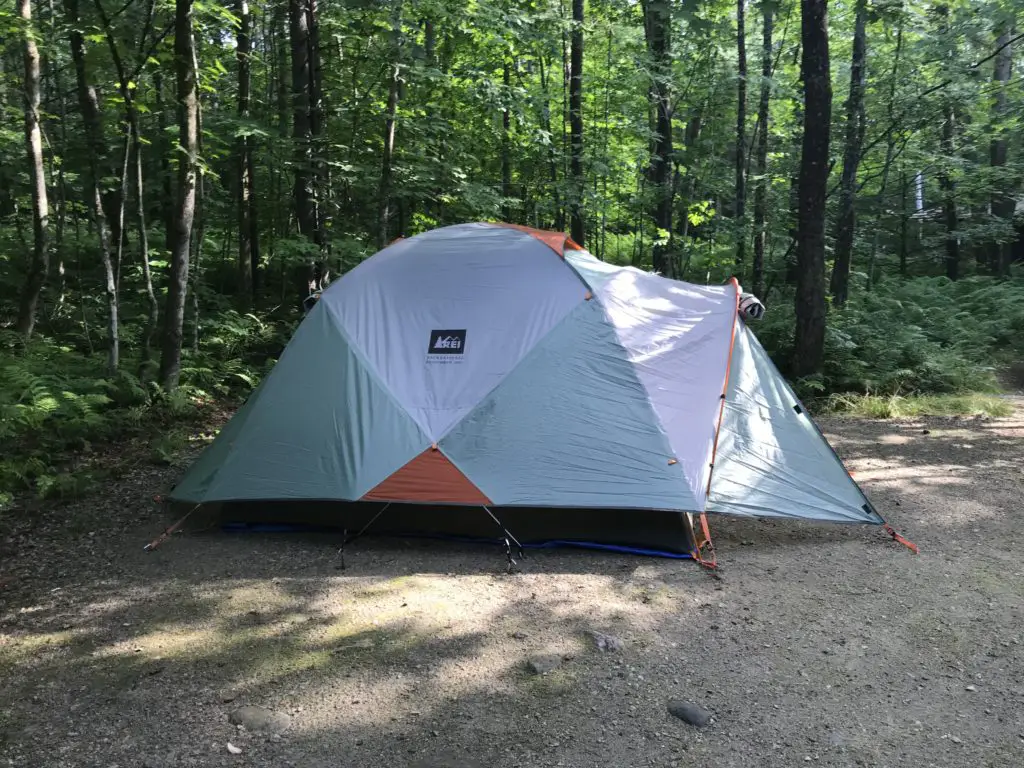
New Discovery State Park, Marshfield, VT:
This place was cute. It rained that night, but not till we were nearing the end of our fire logs, so it was a nice sound to lull us to sleep. There was a weird bird that kept attacking its reflection in the side mirror of my car, and a garter snake got my heart racing when it crawled out of a hole in our fire hearth! 😱 Other than these visitors, though, it was a decent little campground.
Sebago Lake State Park, Naples, ME:
Funnily enough, I actually completed a writeup about this park, just a few weeks before we visited, for an online job I had at the time! This was the busiest park we stayed at, with sites that were placed the closest together. They were nice, and shaded, and allowed you close contact with all your New Yorker neighbors 😋 (we definitely don’t hear the Brooklyn accent much out in Western South Dakota! 😂) One unique aspect of this area was all the sycamore trees, with their LARGE, scalloped leaves.
This park sits on the northern shores of the VERY large, Sebago Lake. It was cold, but refreshing to swim in. We enjoyed our almost-lakeside campsite. It was cool watching the full moon rise over the flat, mirrored waters of the lake after dark.
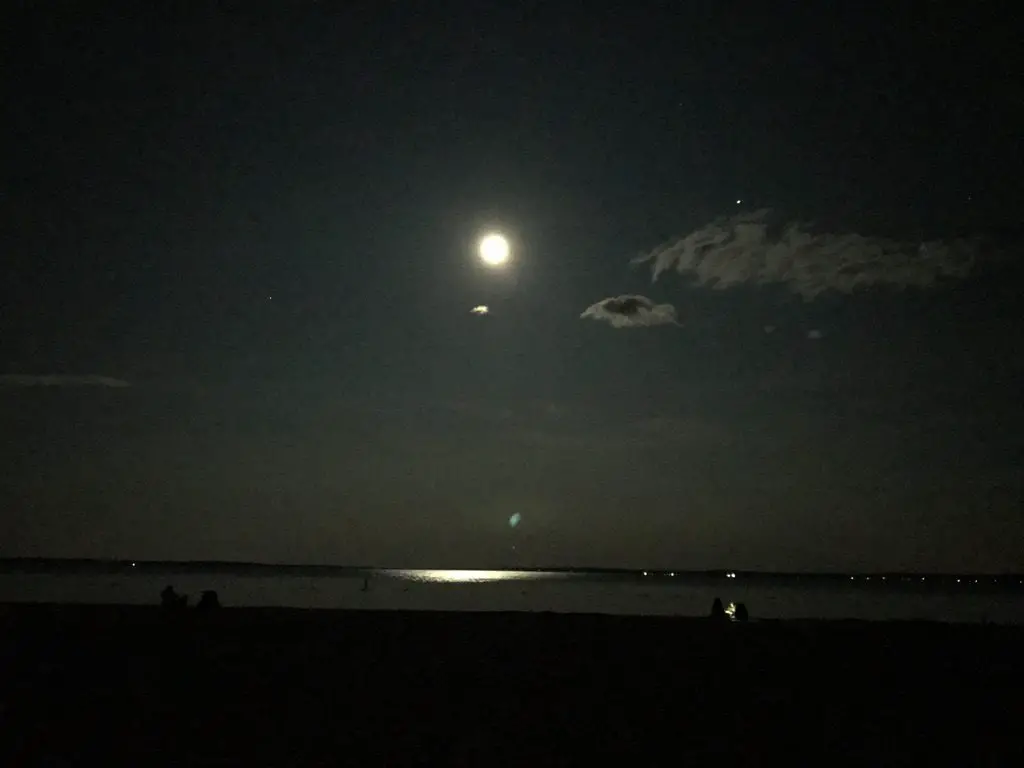
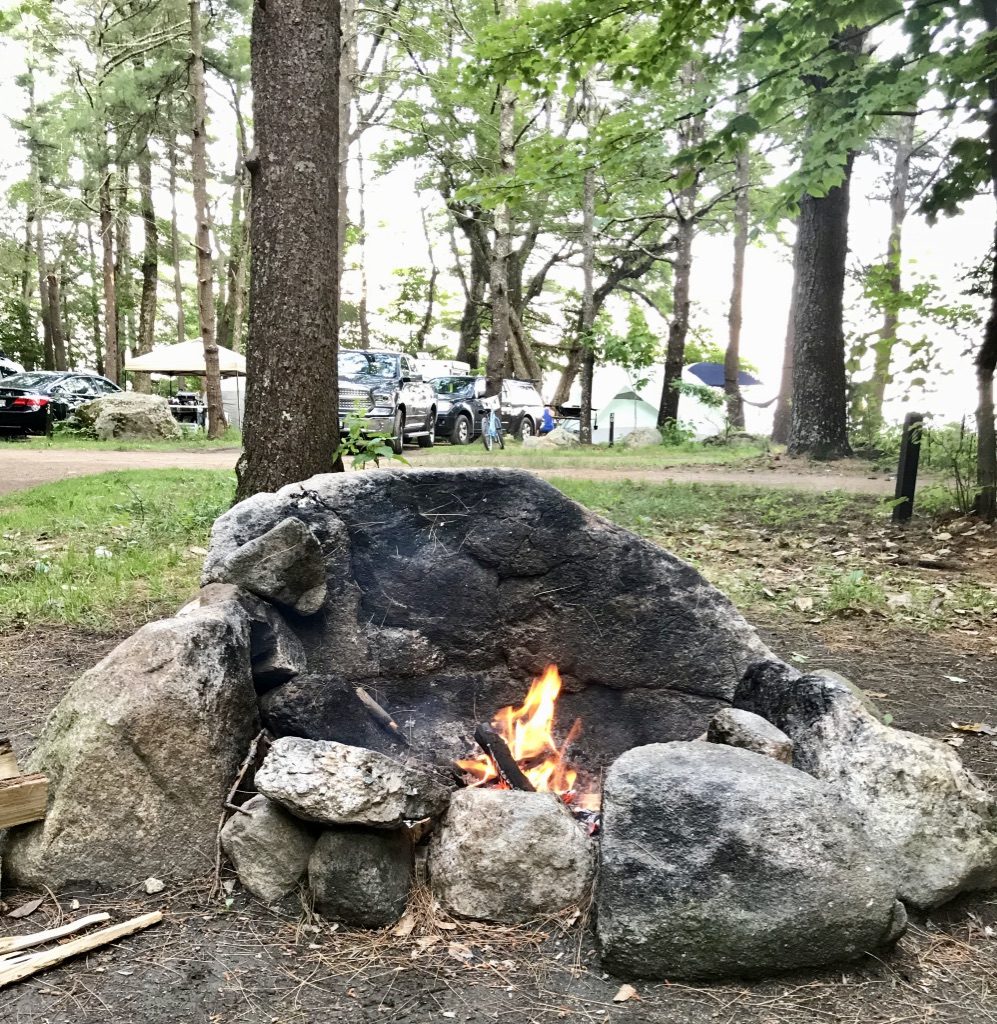
Camping in Vermont
I love camping! I love the random, natural experiences you have that you don’t notice cooped up in a house…the sun that dapples through the treetops as water droplets dribble and drip from the still-wet leaves after the rainstorm from the night before…you can see blue sky and stars peeking through the crowns of the trees…the sunbeams filter through the crown of tree leaves and slice through the morning mists that rise from the damp ground…you wake up in the morning to the granddaddy-long-leg who waves at you from his perch on the outside of your tent…
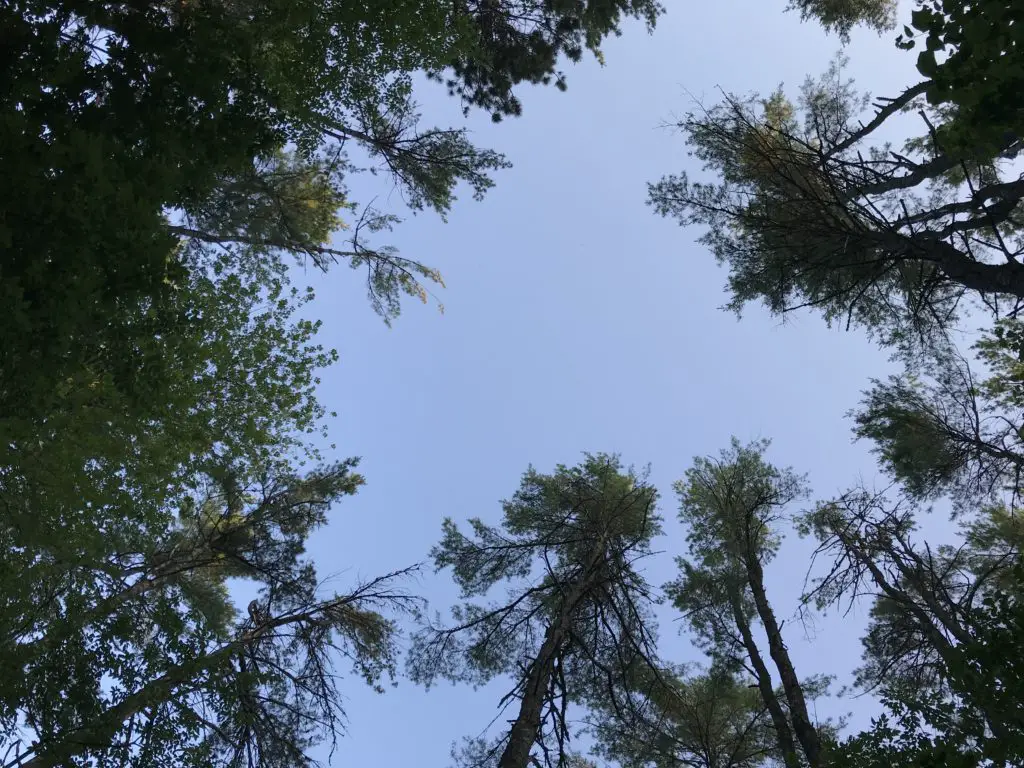
Vermont state parks are pretty nice. They have lean-to’s that can be rented out, which we’ve never seen at developed campgrounds before. They don’t seem like they would provide the most privacy or protection from the weather–or any critters–as it appeared people just set their hammocks/sleeping gear up in the shelter that has a roof, but only three walls. We did see several people putting up tarps as a fourth wall.
They’re big on their “ponds” in New England, except many of them are bigger than the “lakes”. Many are as big as some of the largest reservoirs in the Black Hills. They may need to work on their wording a bit. 😋
Scenic Drives in New Hampshire
As we’ve already driven several of the main scenic routes through the White Mountains in New Hampshire, this time we chose to try out the northern route (US 2 to Route 16). As it turns out, this isn’t nearly as pretty as the scenic byways that are comprised of Route 112 and US 302, that traverse areas such as Franconia Notch. Those areas are GORGEOUS!
We then ventured into North Conway for lunch. This was our second time visiting this little town. We realized we had been there almost exactly 10 years ago, shortly before we got married!
We had attempted to hike the infamous Mount Washington on that trip, but we didn’t make it to the summit thanks to several factors (including a certain blogger leaving breakfast on the side of the mountain 🤮). I want to come back and try it again though, Tuckerman Ravine looks SO beautiful! Now that we hike more regularly and are FAR more used to higher altitudes, I’m hoping we’ll be able to handle it a bit better.
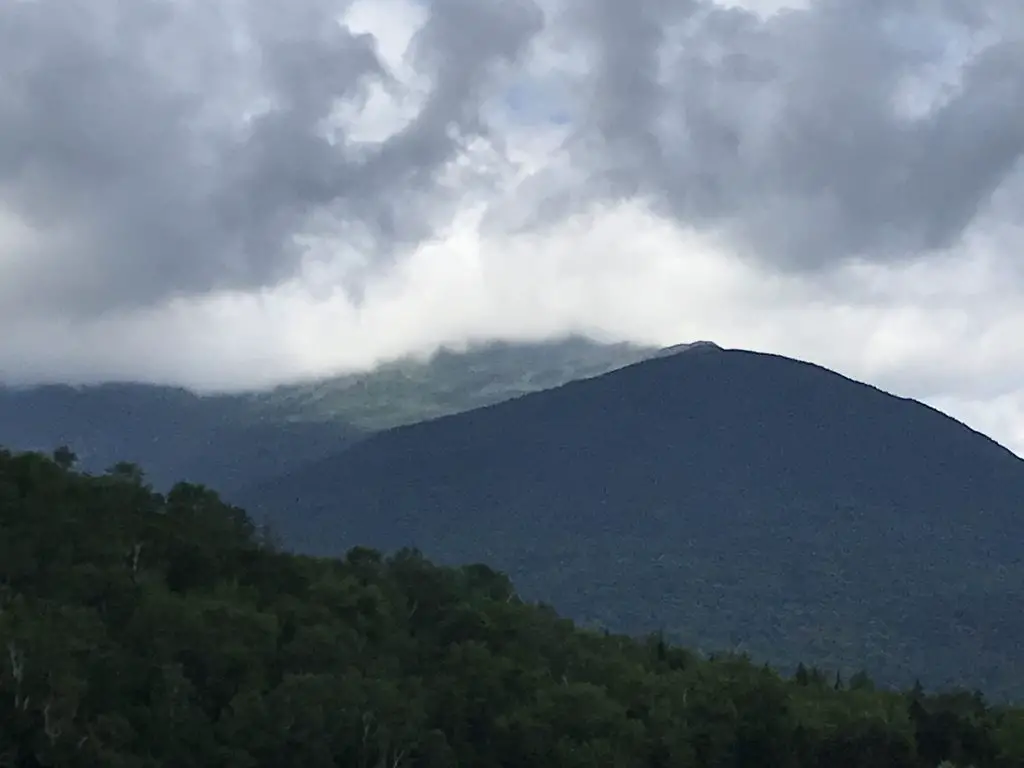
Both of the Trekkers visited New Hampshire several times throughout our childhoods and we always really enjoyed it. We were surprised to note that, on this trip, we both found the woods of southern Vermont to be more welcoming than the rugged forests of northern Vermont and New Hampshire/Maine. (The northern mountains reminded us of the Black Hills so they didn’t seem as much like a vacation. 😋) They also reminded us of other northern forests that we’ve been to, such as those in Michigan’s Upper Peninsula, those in Glacier National Park/northwestern Montana, those in the Big Horns, and those in northern Colorado (such as in State Forest State Park).
Looking for more amazing pictures of the New England mountains? Check out the Rusch to the Outdoors blog!
It got us to thinking about how much has happened in 10 years: we got married; we moved to South Dakota; there were new jobs for both of us; we bought a house…what will the next 10 years bring? Good things hopefully!
Next up, Part 2 of our trip, Acadia National Park!
Have you ever been to these parts of New Hampshire or Vermont? Tell me about your experiences in the comments!
Did you enjoy this post? Pin it!
Like what you read here today? Please feel free to leave a comment, like or share this post! Add your email at the bottom of the page, or the sidebar to the right, to be notified when a new post is published. By signing up for the email list, you will also receive a free copy of the Tranquil Trekker’s Top 10 Tips of Trekking Do’s and Don’ts!
You can also follow the blog on social media by clicking the links below!
